With increasing utility costs, many consumers are now turning towards saving household expenses through solar power, particularly electricity bills. Solar panels are fast becoming in vogue for the long-term financial and environmental benefits that they offer, but appropriate care should be taken while making the purchase to avoid costly mistakes and frustration.
In fact, solar energy provides two main benefits: it promotes sustainability by generating clean energy and results in long-term savings on electricity bills. However, several factors must be considered before installing solar energy to gain these benefits fully.
Although the cost of installing solar panels is pretty high in the initial stages, the long-term benefits make it a good investment for many people. An evaluation of the fundamental aspects that demonstrate why solar panels may be a wise choice is provided below.
Key Factors to Consider When Installing Solar Panels at Home
Whether you live in a house or an apartment, solar panels can be installed, but it’s important to take into account a few key factors to ensure optimal performance:
- Location
The solar panels should be placed where they receive maximum sunlight to generate the most energy possible. This is typically a south-facing roof or an area free of shade. - Roof Size
The size of your roof will determine how many solar panels you can install, which in turn affects the amount of energy produced. If your energy needs are high, your roof may need to accommodate more panels, or you may have to consider alternate installation areas like the ground. - Energy Needs and Budget
Before installation, a professional company will assess your energy needs and provide recommendations on the type and size of the system that best fits your budget and home. - Clearing Obstructions
Ensure that no vegetation or other elements (e.g., chimneys) block sunlight from reaching your panels. Even partial shading can reduce the system’s efficiency.
Space Requirements for Solar Panel Installation
When considering solar panel installation, the space you need will primarily depend on the energy you want to generate for your home. Standard solar panels typically measure around 1.5 meters by 1 meter, meaning each panel takes up about 1.5 square meters. For a standard installation, it’s recommended to set aside approximately 2 meters by 2 meters of space per panel. This extra space is important not only for the panels themselves but also for necessary spacing and maintenance access.
If you’re aiming to power an average household, you might require between 15 to 20 panels, which would mean an area of about 30 to 40 square meters. Additionally, factors like roof orientation, shading from trees or buildings, and local climate can influence how many panels you can install and their overall efficiency. It’s crucial to evaluate your specific energy needs and consult with a professional to make the most of your solar setup.
Installing Solar Panels on Your Roof
Your roof must be sturdy enough to support the weight of solar panels and withstand natural elements like wind and rain. Ideal materials for solar installations include tile, sheet metal, or aluminium roofing. If your roof is damaged or has issues like leaks, these must be repaired before the panels are installed.
Ideal Roof Conditions:
- Permits
Your installer will typically handle the required permits and approvals from local authorities and utilities. - Orientation
Panels should ideally face south to capture the most sunlight, but east or west-facing installations are also possible, although efficiency may decrease by around 20%. - Roof Condition
Solar panels have a lifespan of up to 25 years, so ensuring the roof’s structural integrity is essential before installation. - Shading
Any shading, whether from nearby trees or building structures, will affect the efficiency of your system. Aim to minimize shading for optimal performance. - Roof Angle
Roofs with a pitch between 30 and 40 degrees provide the best angle for solar panels. In many areas, including Spain, roof angles of 20 to 35 degrees are common and work well for solar energy.
Surfaces Suitable for Solar Panel Installation
Flat, stable surfaces like metal or slate roofs are the most recommended for solar panels. They offer the stability needed to hold the panels securely.
How Solar Panels Work
Initial Costs and Investment
The most important factor to consider when investing in solar panels is the initial cost. A typical residential system ranges from $15,000 to $20,000 before any government incentives are applied. The price of solar panels is calculated per watt, and the overall cost is influenced by the size of your system, which is generally around 5 to 6 kilowatts (kW) for an average home.
There are various financing options available, such as solar loans, leases, and power purchase agreements (PPAs), which can help make solar installations more attainable. With a loan, you can spread the payments over several years while still owning the system. On the other hand, leases and PPAs allow homeowners to pay a monthly fee for using solar energy without having to own the panels, which can help reduce electricity bills without the burden of a large upfront payment.
Government incentives, like the federal solar investment tax credit (ITC), which currently covers up to 30% of installation costs, can significantly lower the initial investment. Additionally, state and local rebates can further enhance the affordability of solar energy.
Energy Savings
One of the most compelling reasons to invest in solar panels is the potential for significant savings on electricity bills. By generating your own electricity, you can reduce or even eliminate your dependence on grid power, leading to substantial long-term savings. Depending on your location and energy usage, homeowners can save up to 90% on their electricity costs. Over the 25-30 year lifespan of a solar panel system, these savings often surpass the initial investment.
For grid-tied systems, net metering can offer additional savings. By selling excess electricity back to the utility company, you can offset costs during times when your solar panels aren’t producing power, like at night or on cloudy days. In some areas, you may receive credits or payments for surplus electricity, further enhancing the financial advantages of going solar.
Economic benefits of installing solar panels
One of the key economic benefits of solar panels is their ability to produce electricity at a remarkably low cost, as these systems are built to last over 25 years. This implies that if you plan to stay in your home for more than 7 years, it’s highly probable that by that time, you will have fully recouped your investment in the system, and from that point onward, any electricity generated will be a bonus.
- You wouldn’t have to pay higher electricity bills. You would have a clear idea of what it would cost you in 25 years and beyond.
- Cleaning the panels is the only maintenance that needs to be done to the system, you don’t have to worry about practically anything and the panels will be working for you.
- Depending on your electricity consumption behavior and the size of the system you choose, you can reduce your electricity bill by up to 100 percent.
- In back-up systems, batteries make the return on investment take a little longer. Still, you should get back 100% of your initial investment.
- Capital gains on solar systems: If you are thinking of moving to a new home, there is no problem as these systems generate an increase in the capital gains of the house, since you are now selling it with free or very low-cost electricity included.
- In the case of the network system, since it works in conjunction with the network, it makes it very easy to install, and under any problem, the system shuts down and you continue to have access to the network as usual.
Return on Investment (ROI) and Payback Period
When evaluating the worth of solar panels, it’s crucial to assess the return on investment (ROI). This means comparing the total installation costs with the long-term savings on your electricity bills. For many homeowners, the average payback period—the time needed to recoup the initial investment—ranges from 6 to 12 years. This timeframe can vary based on factors such as energy usage, local electricity rates, and available incentives.
Several elements can influence your ROI, including your home’s location, the efficiency of your solar system, and potential future changes in electricity prices. Generally, regions with higher electricity costs and plenty of sunshine tend to have the shortest payback periods, making solar panels a very appealing investment.
Environmental Impact
Solar energy provides clear environmental advantages. Unlike electricity produced from fossil fuels, solar power generates no harmful greenhouse gas emissions. By opting for solar, homeowners can greatly lessen their carbon footprint and play a role in combating climate change. Over its lifetime, a typical residential solar system can offset tons of CO2 emissions, which is comparable to planting thousands of trees.
Moreover, solar energy is a renewable and sustainable resource. As fossil fuels become scarcer and their extraction harms ecosystems, solar panels capture the sun’s energy, a resource that is plentiful and limitless. Additionally, improvements in solar panel recycling are tackling concerns about how to dispose of panels once they reach the end of their life, ensuring that solar technology continues to be a sustainable energy option.
Solar Panel Efficiency
The efficiency of a solar panel indicates how well it converts sunlight into electricity. Although higher-efficiency panels can produce more energy, several factors such as the panel’s orientation, shading, and local weather conditions significantly influence the overall performance of the system. Most panels experience a slight degradation over time, typically around 0.5% per year, which means that after 25 years, they may still function at about 85-90% efficiency.
Home Value and Resale
Solar panels not only help reduce energy bills but can also boost your home’s value. Research indicates that homes with solar energy systems tend to sell more quickly and at higher prices than those without. Properties featuring solar panels can experience a value increase of up to 4%, as buyers appreciate the long-term savings and environmental advantages.
However, it’s important to consider resale factors. Potential buyers might worry about assuming an existing solar lease or loan. Therefore, it’s crucial to ensure that all agreements are transferable and that the system is marketed as an asset that enhances the property’s value.
Maintenance and Lifespan
Solar panels are quite easy to maintain. After installation, they typically need just occasional cleaning to get rid of dirt, leaves, or snow that might hinder their efficiency. It’s a good idea to have regular inspections every few years to make sure everything is working as it should, and while repairs are uncommon, they might be needed for parts like inverters.
On average, solar panels last about 25-30 years, which makes them a solid investment. With the right care, many systems can keep producing electricity long after their warranty expires.
Key Steps for a Successful Solar Panel Purchase
- Research the Company: Look for a well-established and licensed company with a strong track record in solar installations.
- Compare Quotes: Get at least three quotes to compare costs, services, and materials.
- Understand the Contract: Read the contract thoroughly, ask questions, and make sure it’s in a language you understand.
- Inspect Your Roof and Electrical System: Have a professional assess your roof and electrical system to ensure they’re in good condition.
- Verify Licenses and Insurance: Ensure that both the contractor and the installer are licensed with the state contractors board and fully insured.
By taking these steps, you can protect yourself from financial pitfalls and make the most of your solar panel investment. Not only will you save on your electricity bill, but you’ll also contribute to a cleaner, more sustainable future.
When Solar Panels May Not Be the Right Choice
Not every home is suitable for solar panels, and it’s important to recognize if your house falls into that category. There are two key reasons why solar might not be beneficial for some homeowners:
- Shading Issues: If your home is surrounded by tall trees or buildings that cast shadows over your roof, your solar panels may not receive enough sunlight to be effective. In some cases, removing the trees might not even be an option if they belong to a neighbour or are protected.
- Low Electricity Usage: If your electricity consumption is already low, the savings from solar panels may not justify the initial investment.
While solar panels offer numerous advantages, they also have some potential downsides. The most notable is the high initial investment, which can still pose a financial challenge for certain households even after applying incentives. Furthermore, energy output can fluctuate based on factors such as the time of day, the season, and weather conditions, meaning that solar panels might not consistently produce enough energy to satisfy a home’s requirements. For residences with limited roof space or shading problems, it may be challenging to install a sufficient number of panels to meet energy needs, which can diminish the overall efficiency and cost-effectiveness of the system.
Conclusion: Is Solar Worth It for You?
Ultimately, whether solar panels are a good investment hinges on your individual situation. Key factors include your energy consumption, the condition of your roof, local electricity rates, and the climate in your area. For residents in sunny locations with high electricity costs, the potential savings and environmental advantages of solar energy often justify the upfront investment. Conversely, for those in regions with less sunlight or lower energy prices, the choice may be more complicated. Nevertheless, with careful planning, available incentives, and advancements in technology, solar panels can provide a viable path toward both cost savings and a more sustainable future.

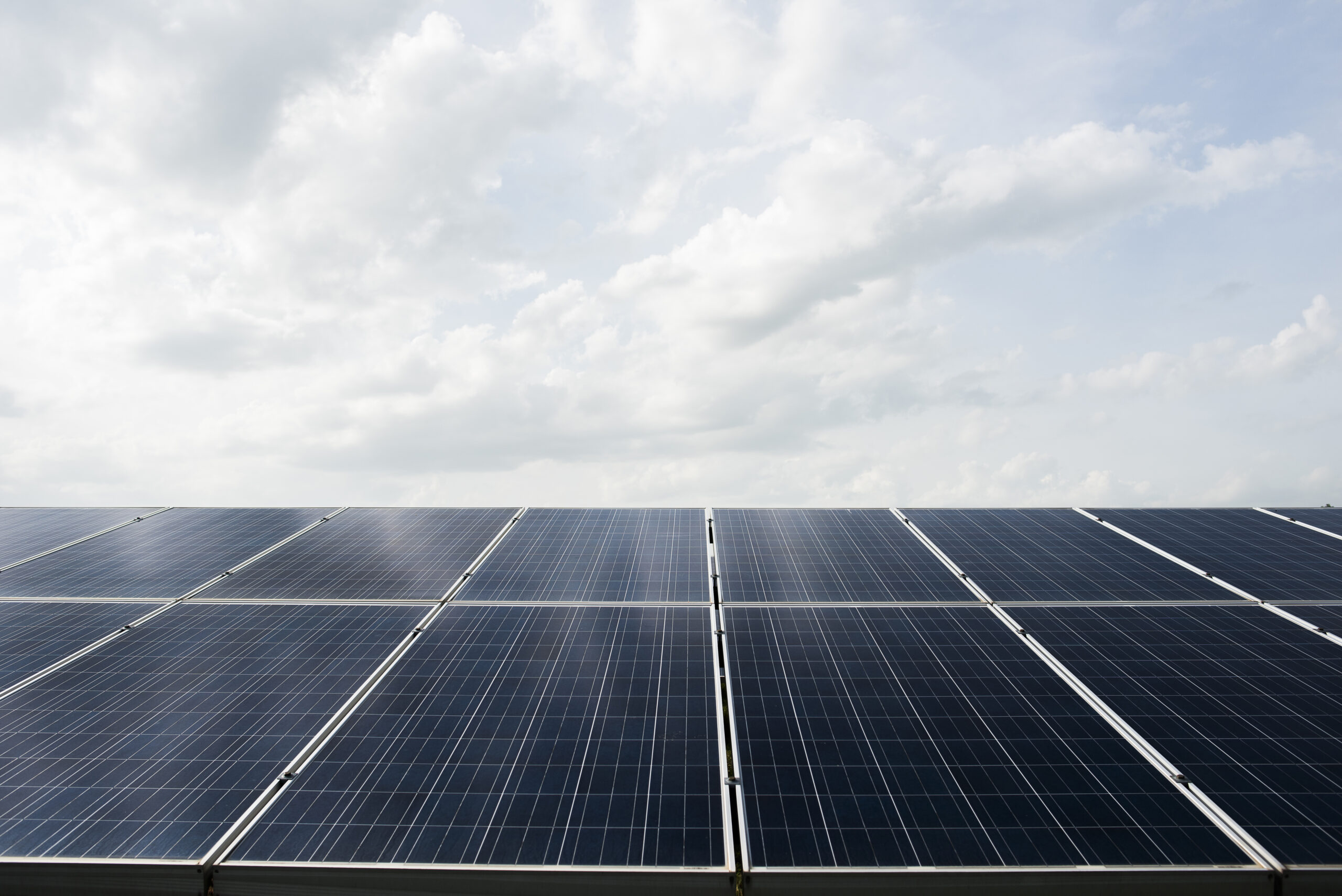
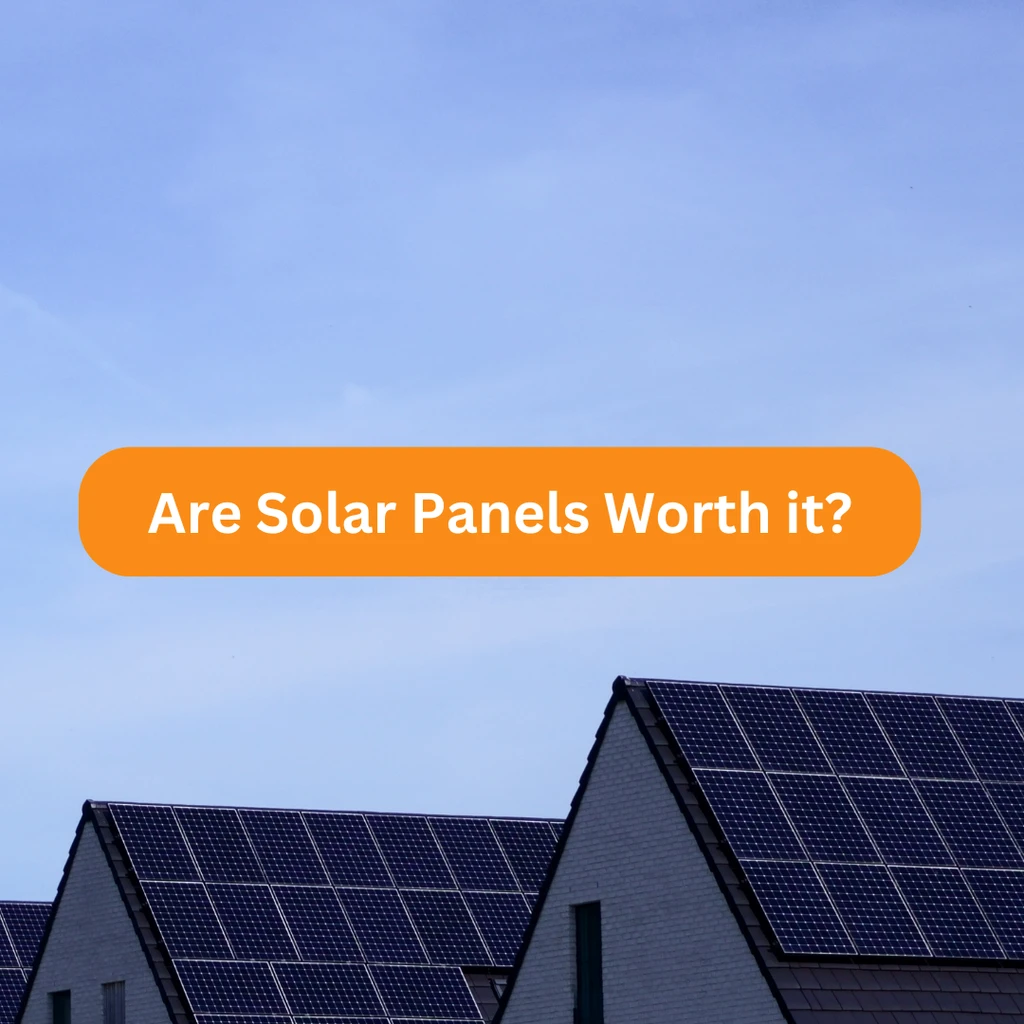
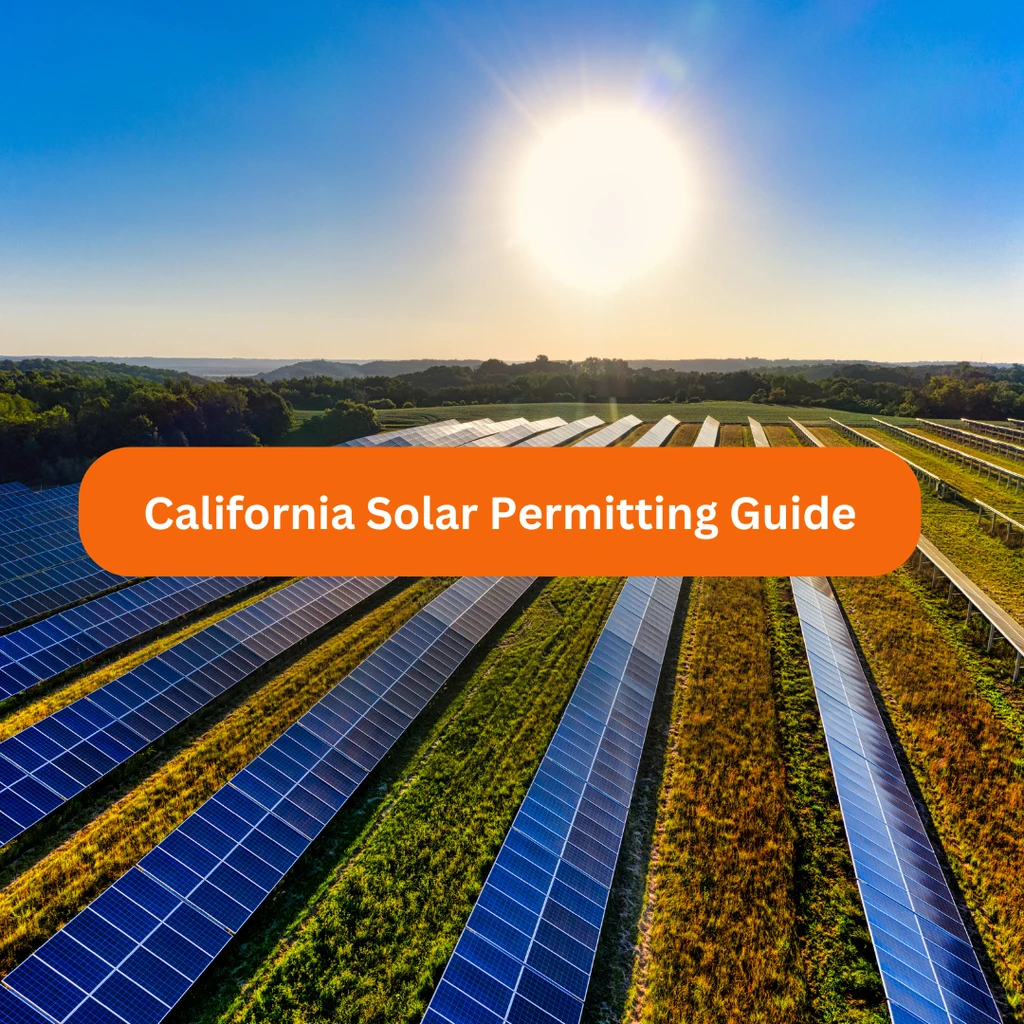
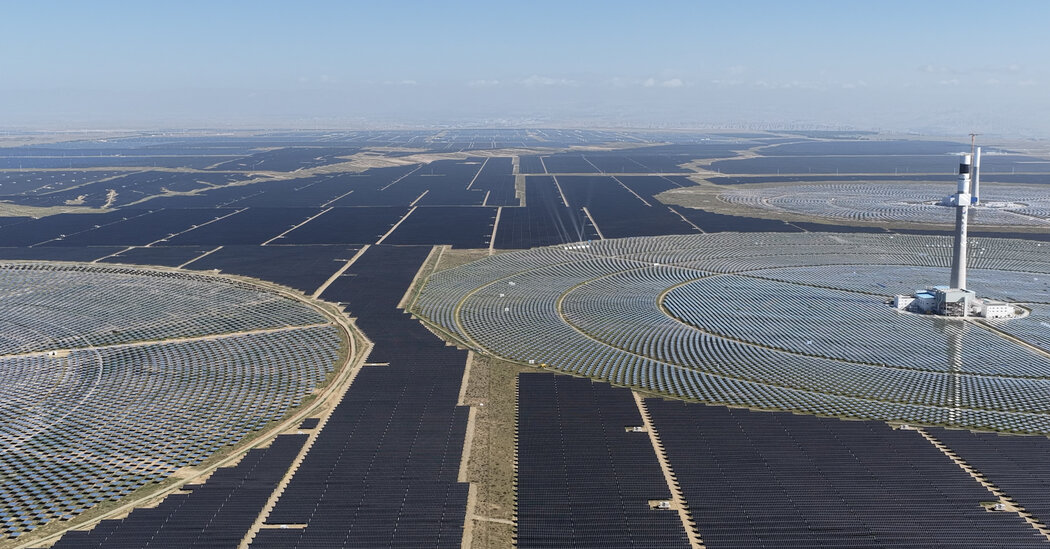
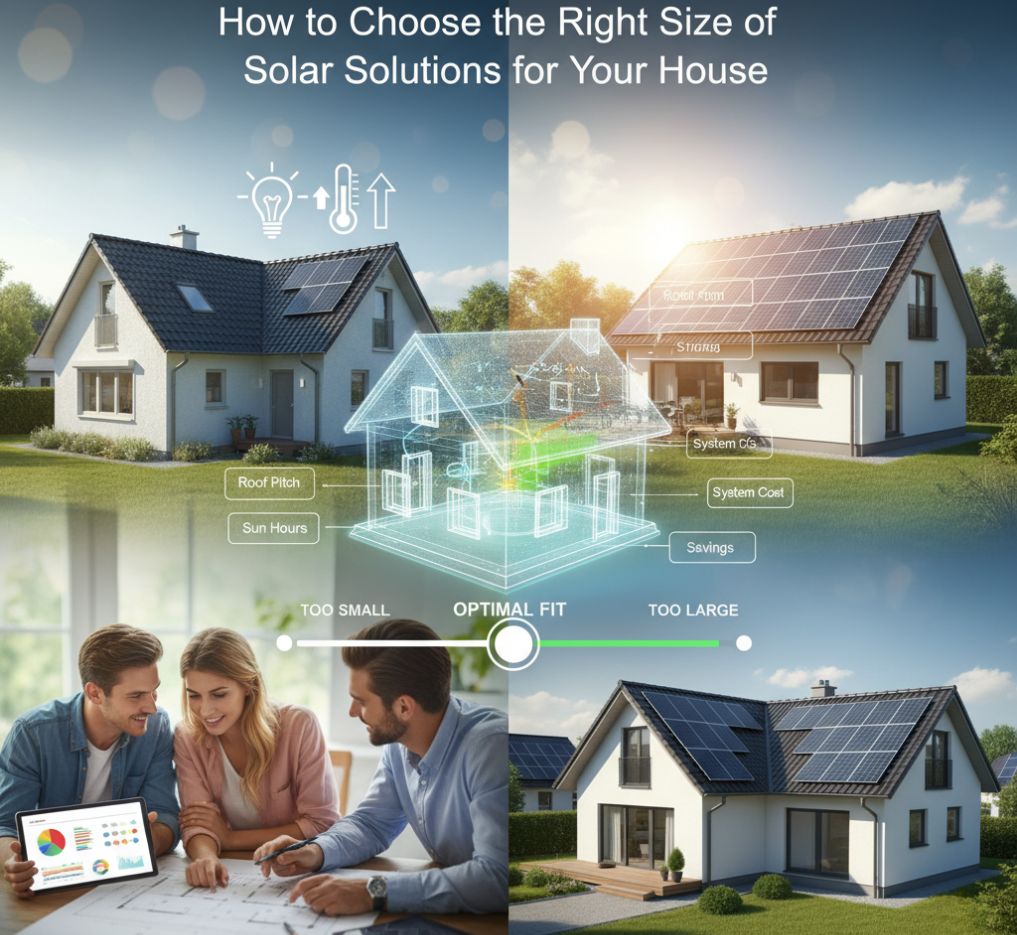
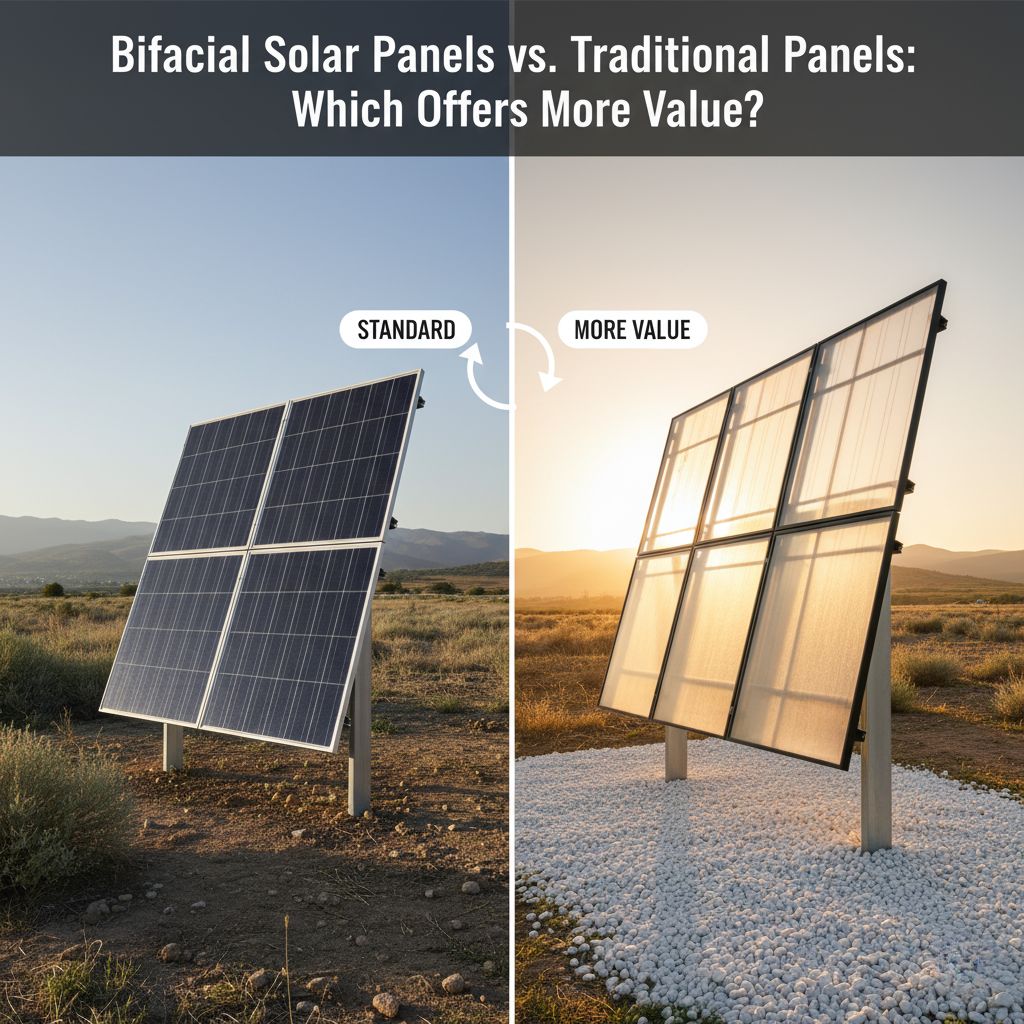

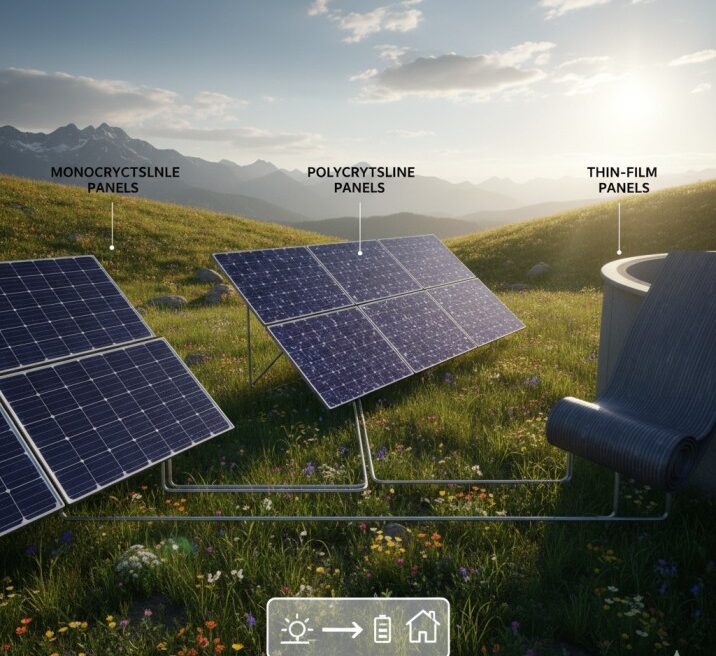
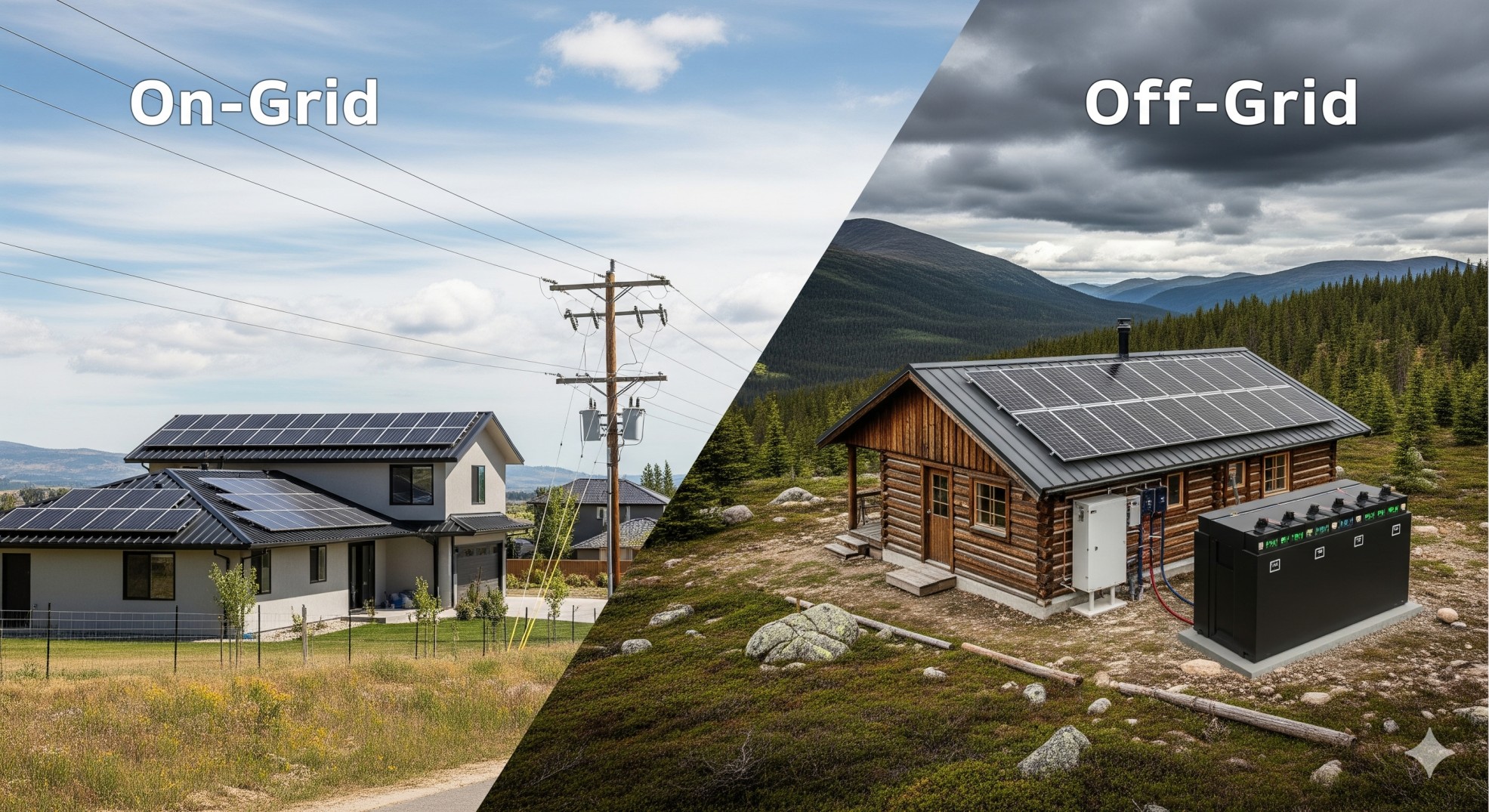
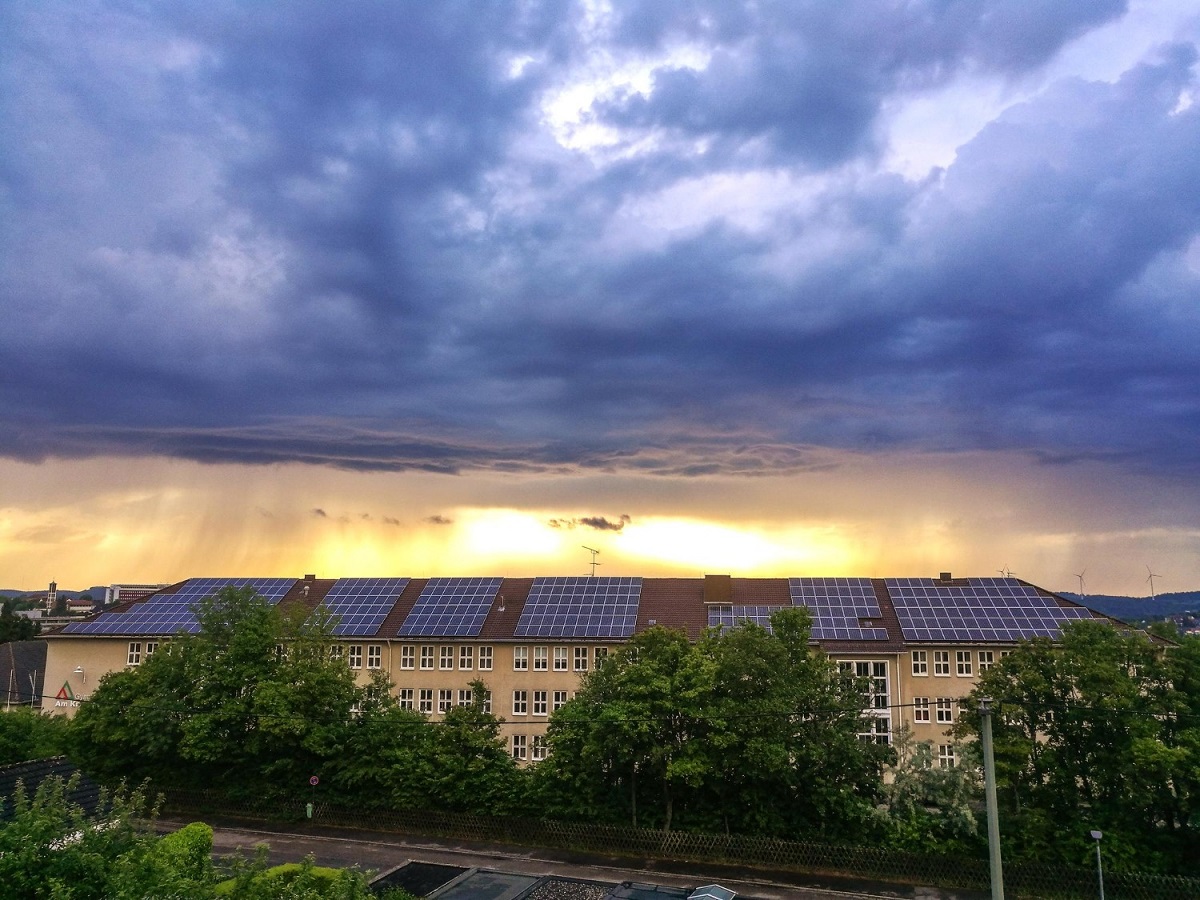
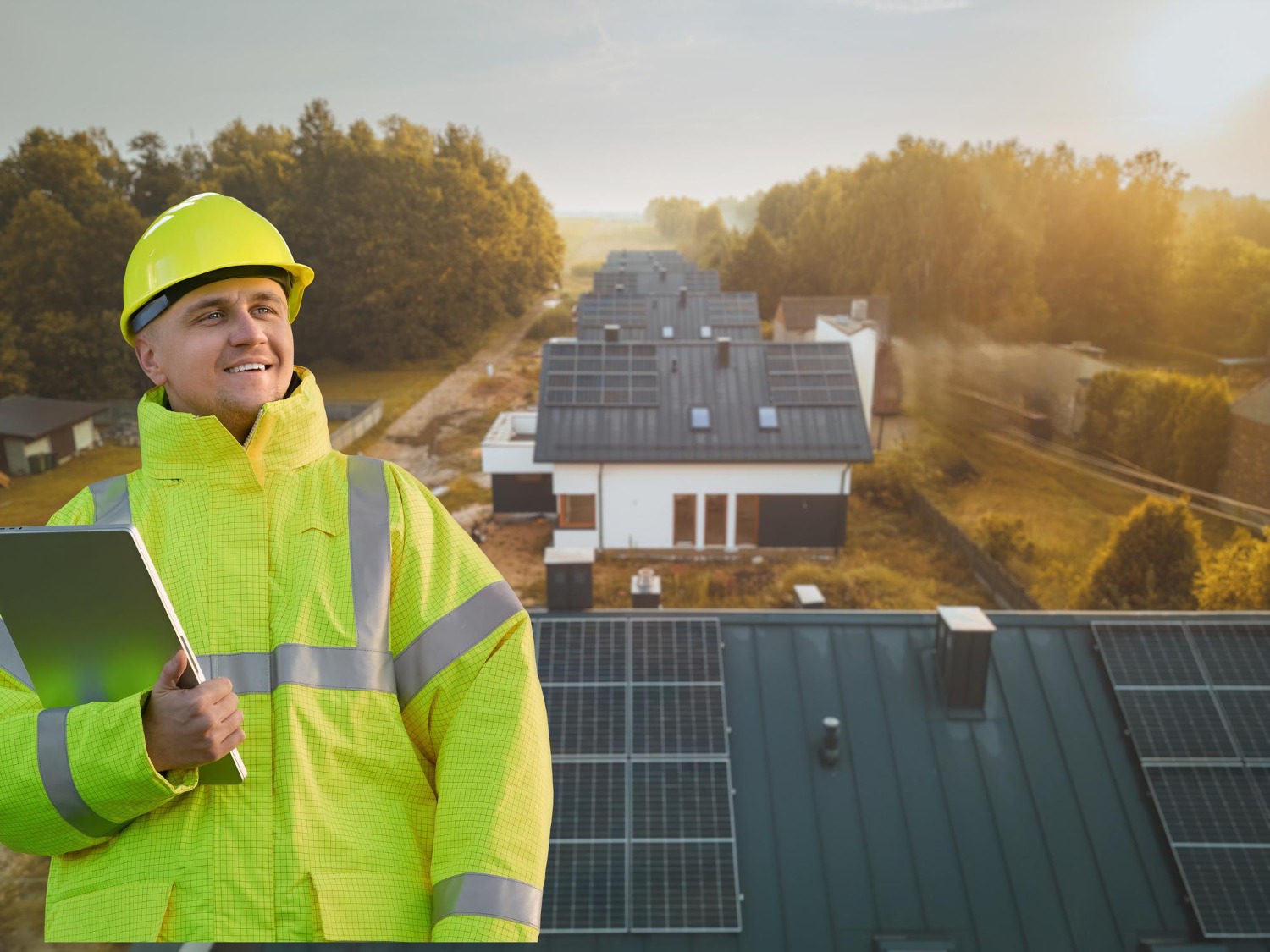
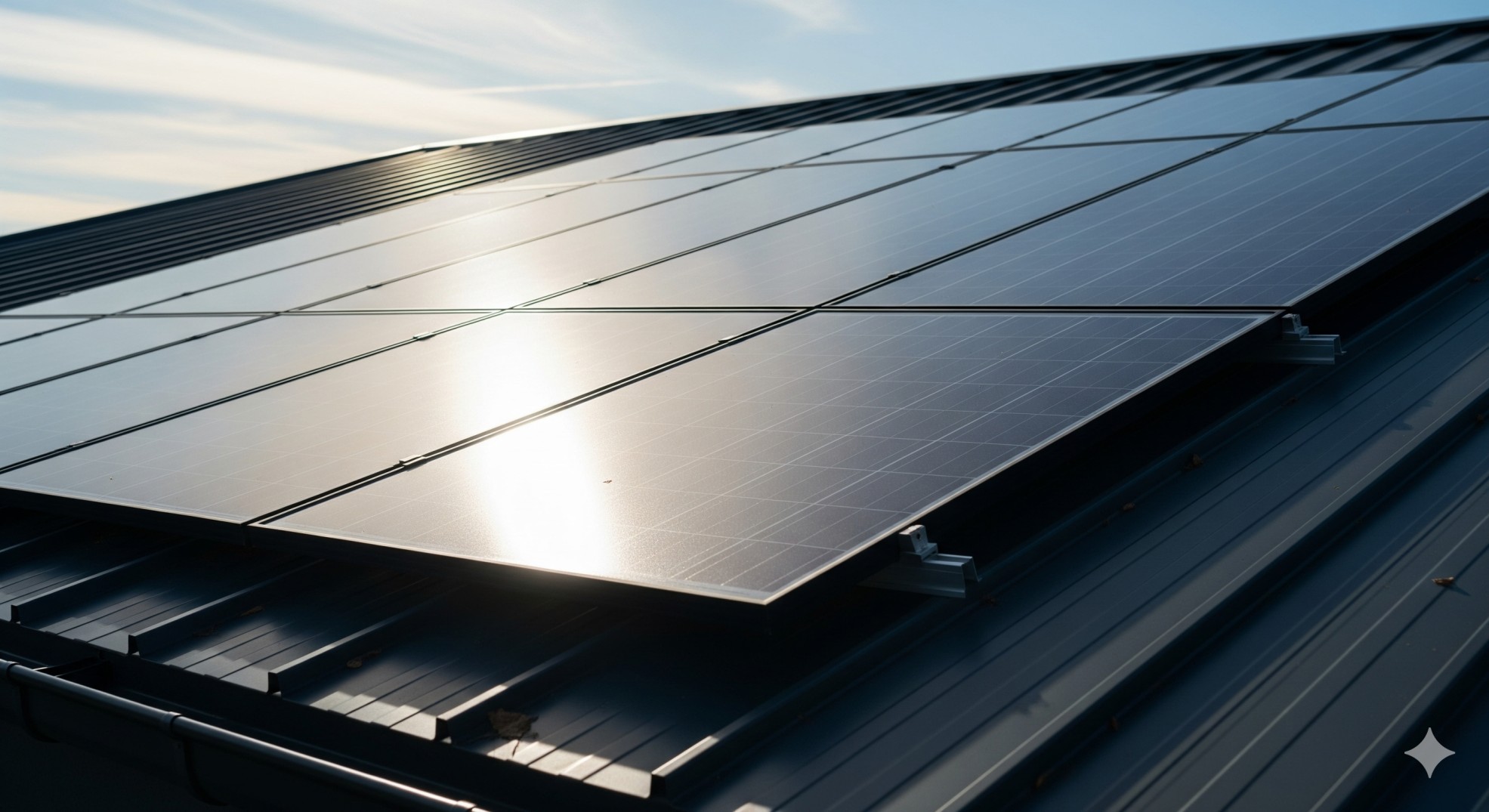
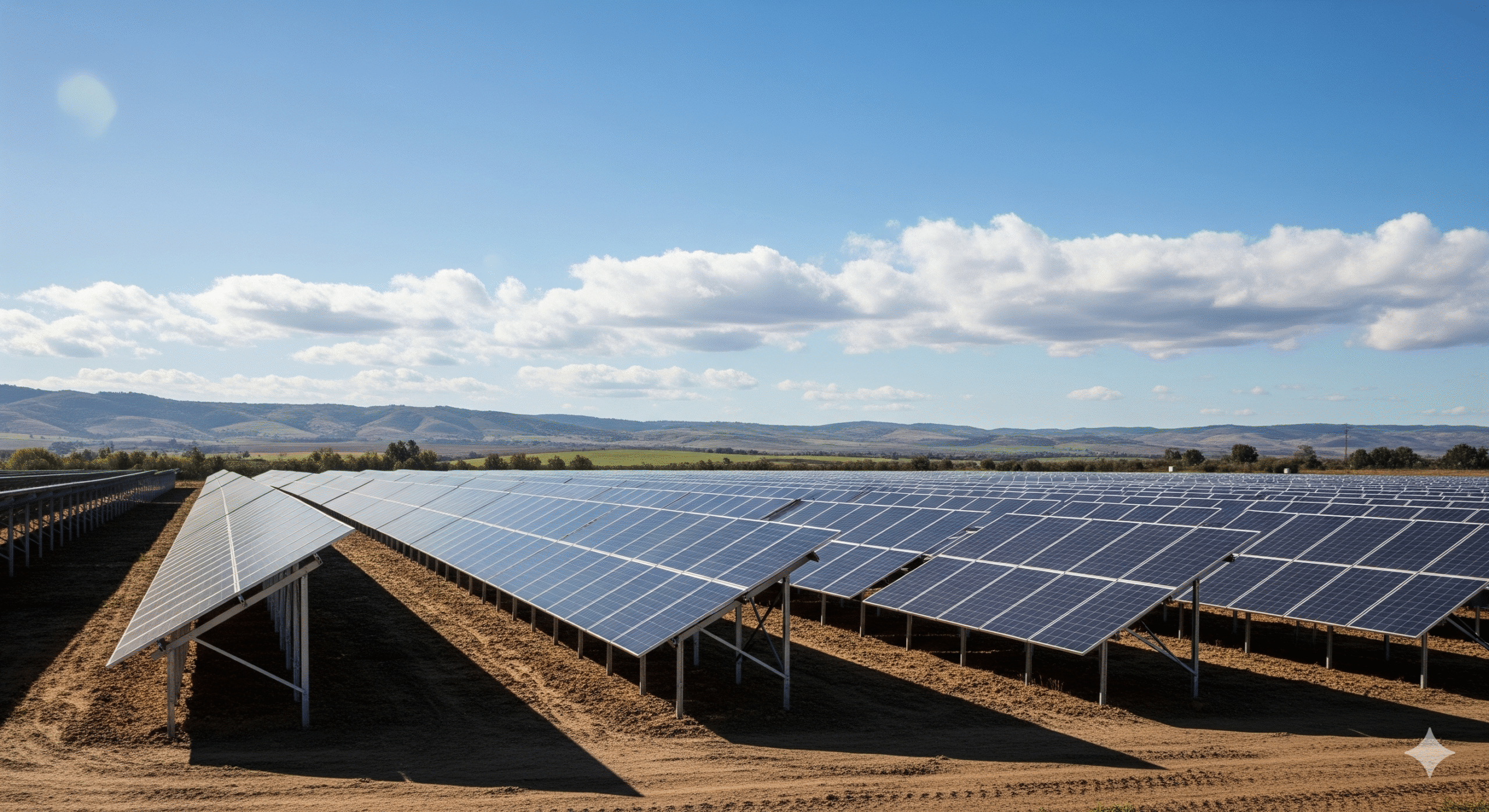


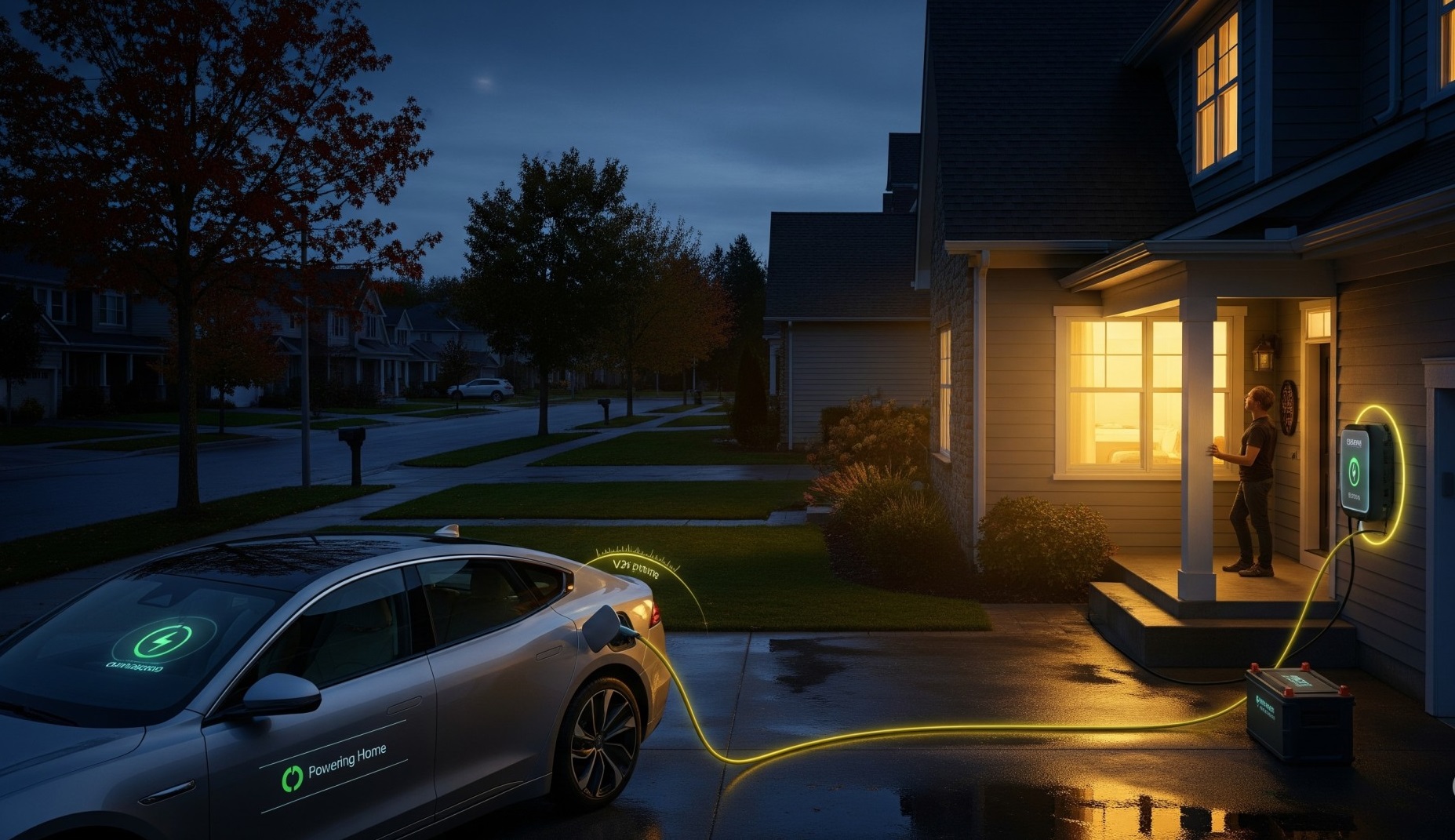



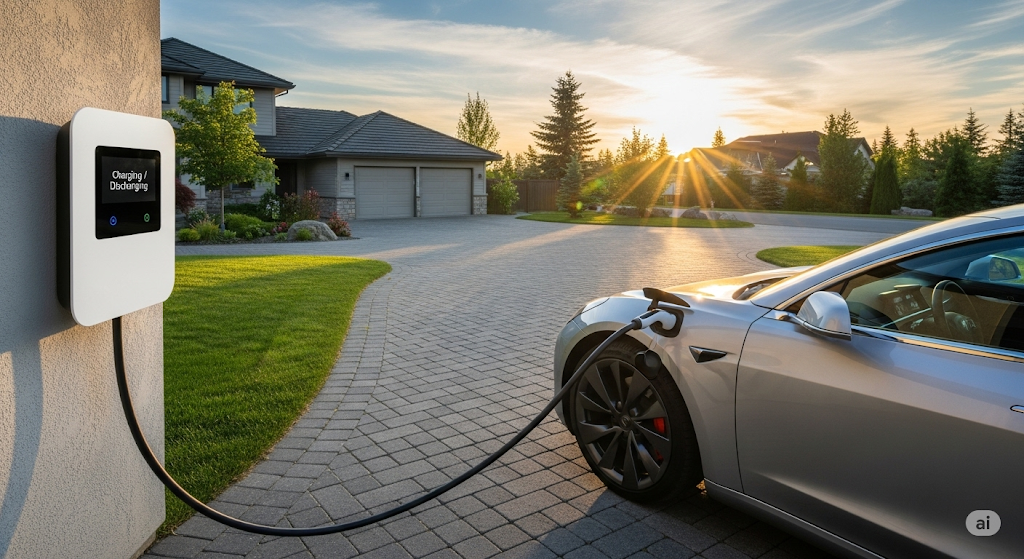
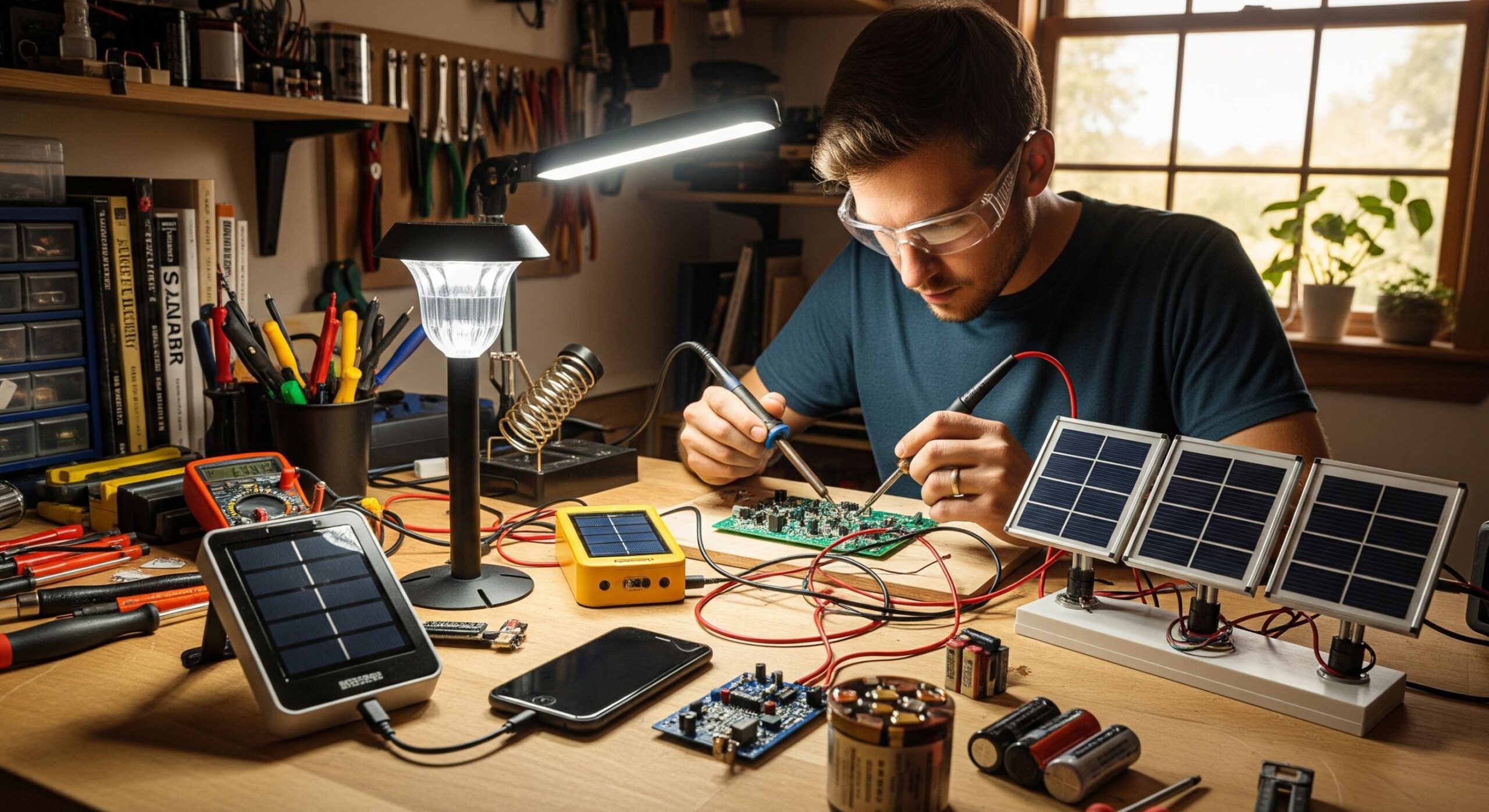



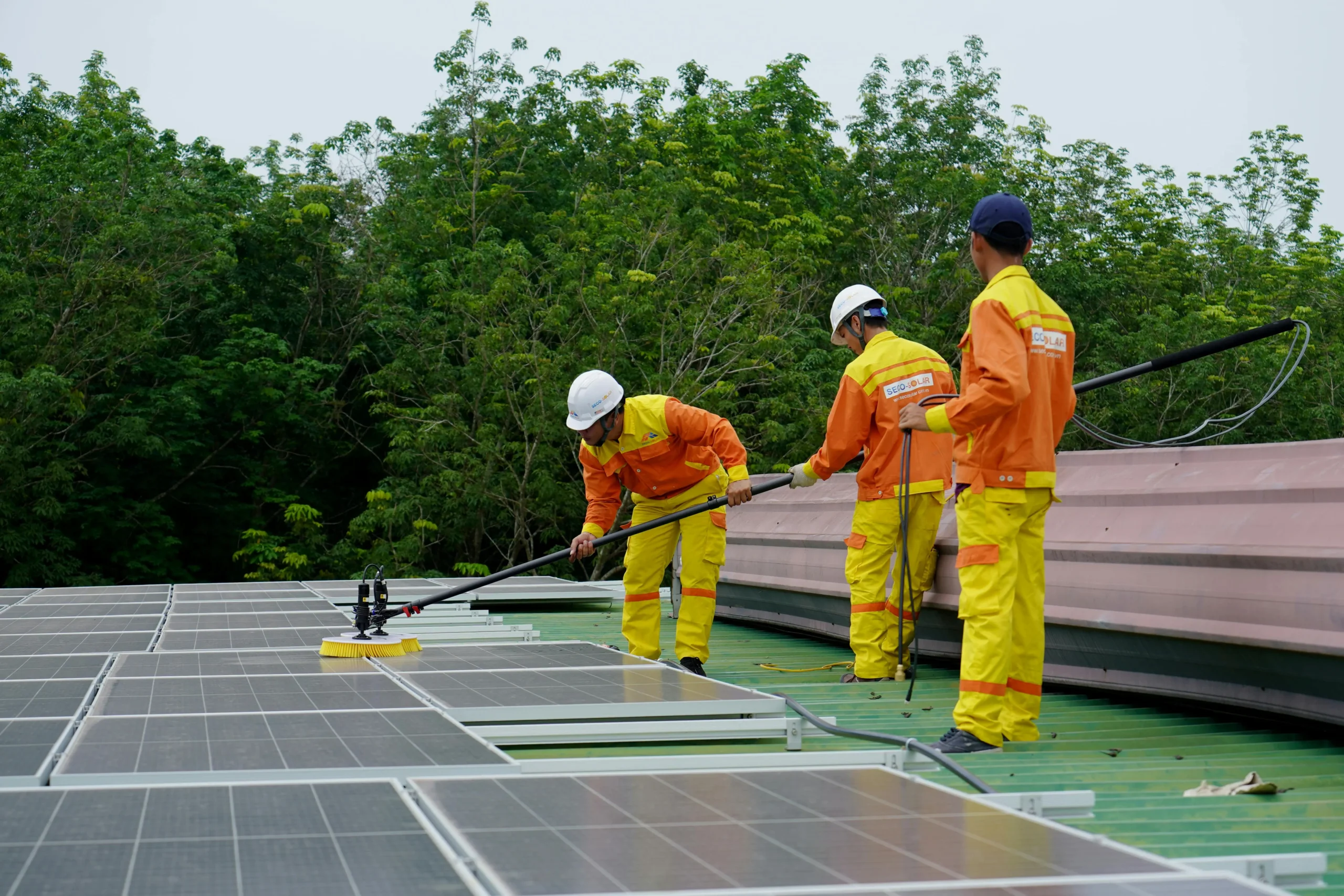
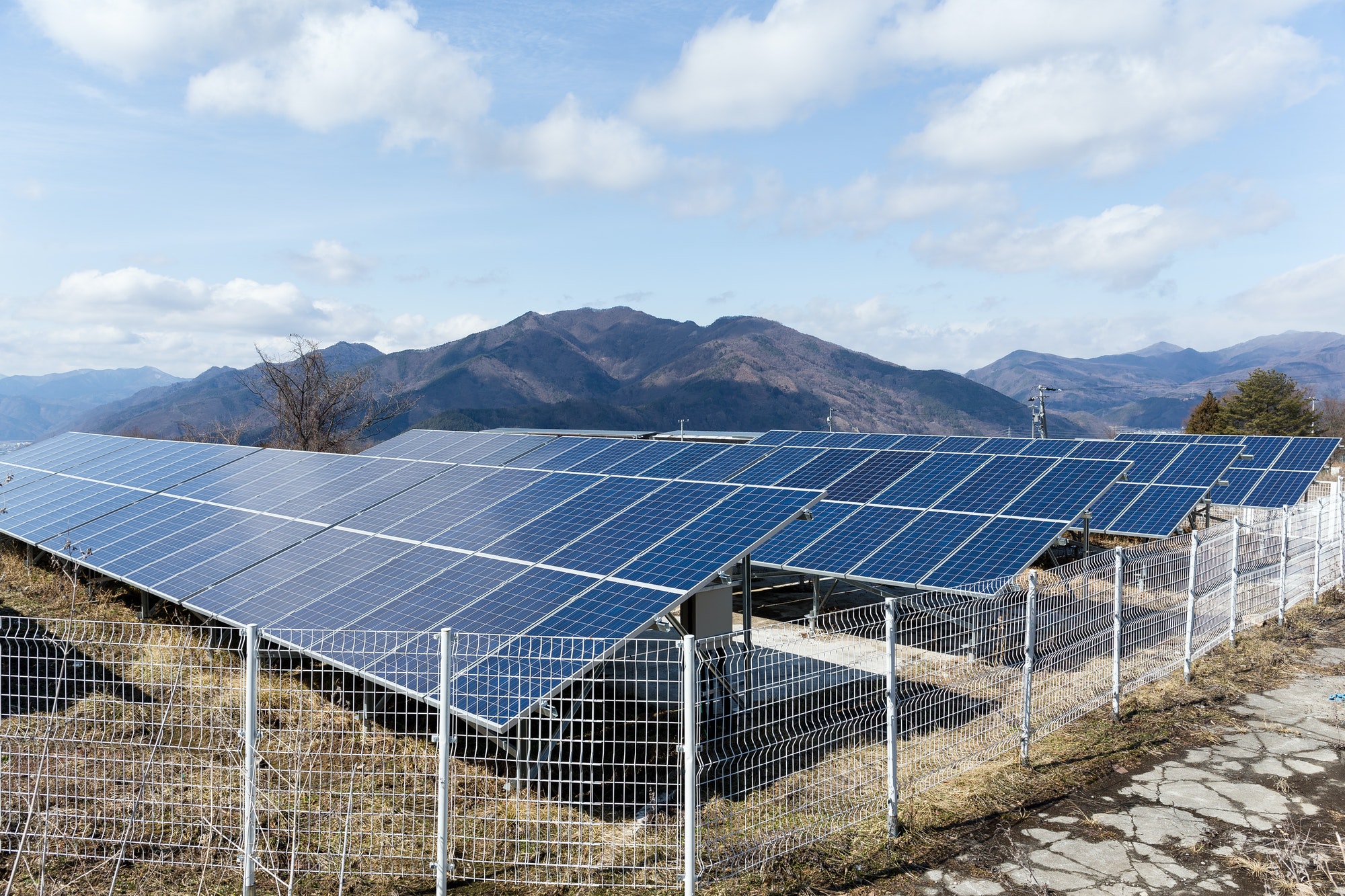



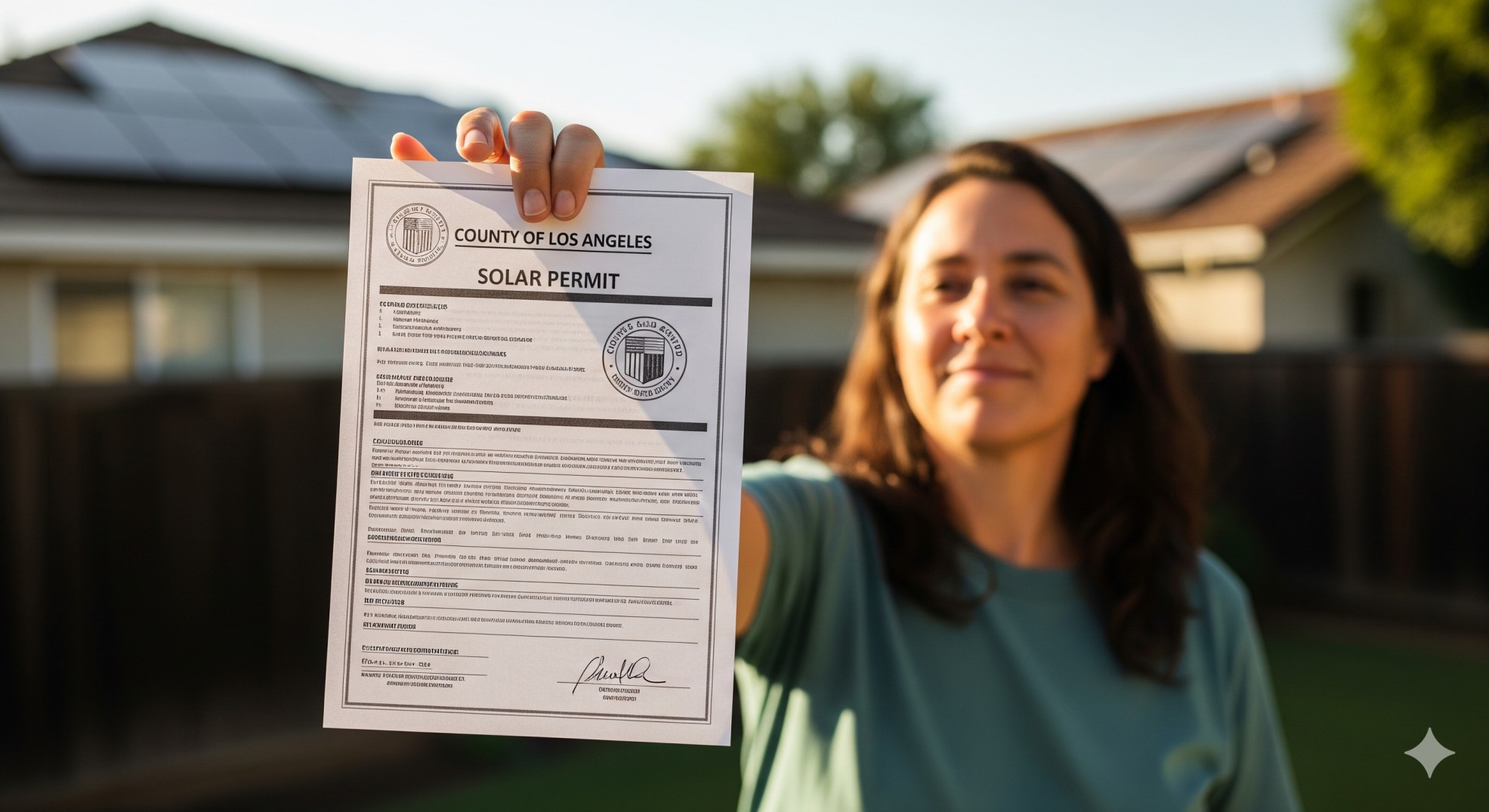
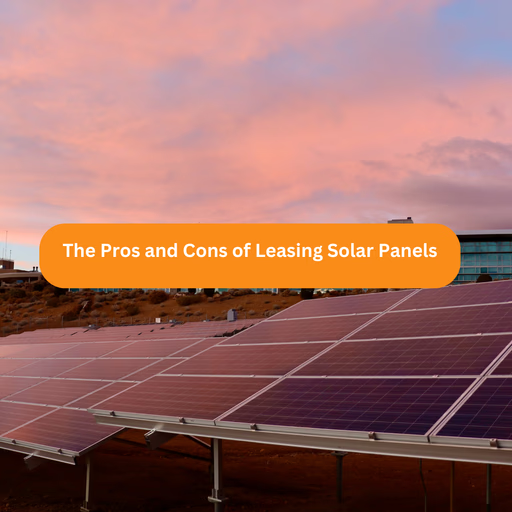
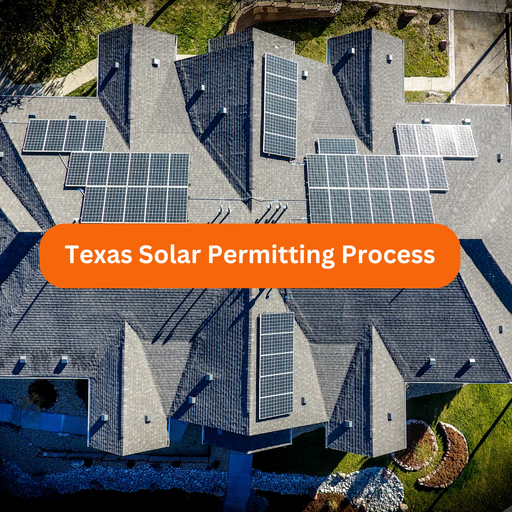
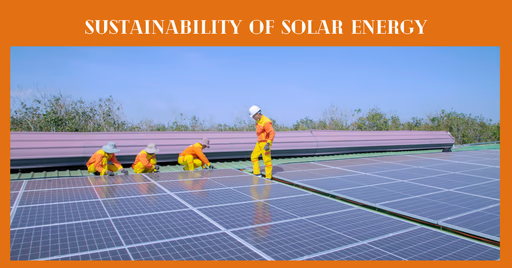
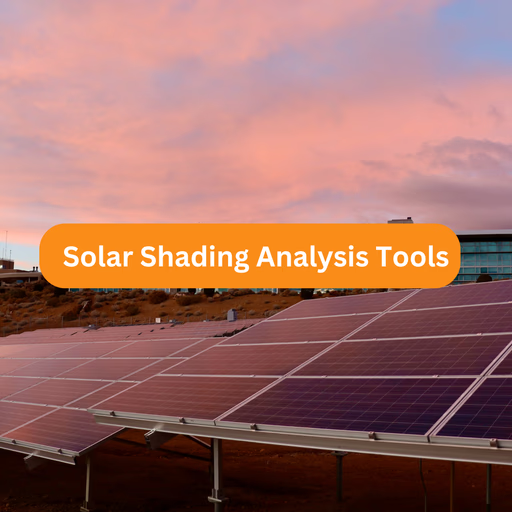
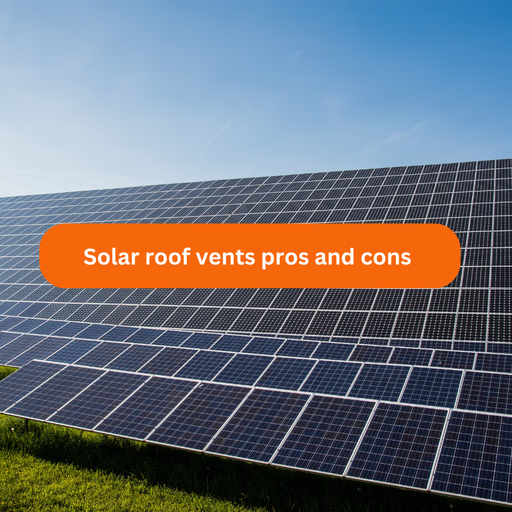
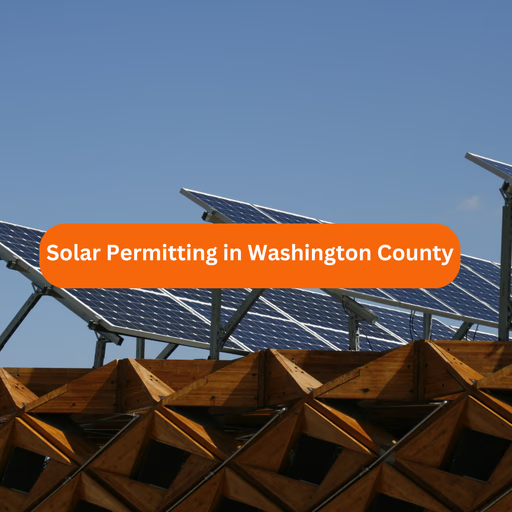
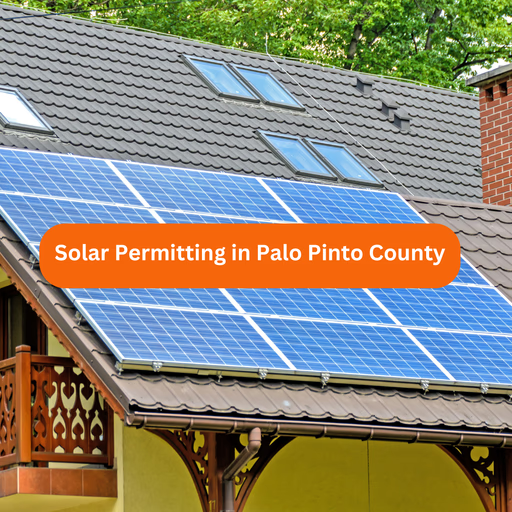
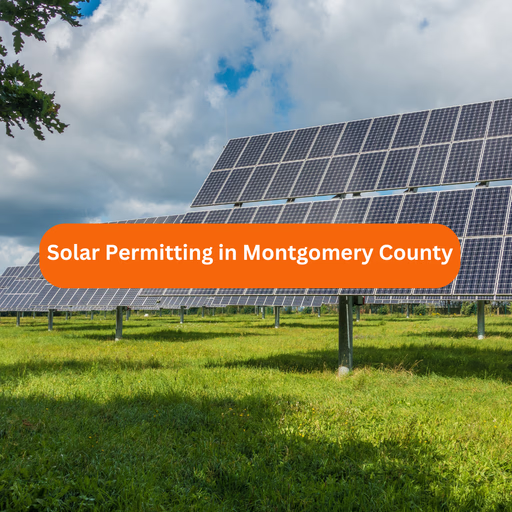
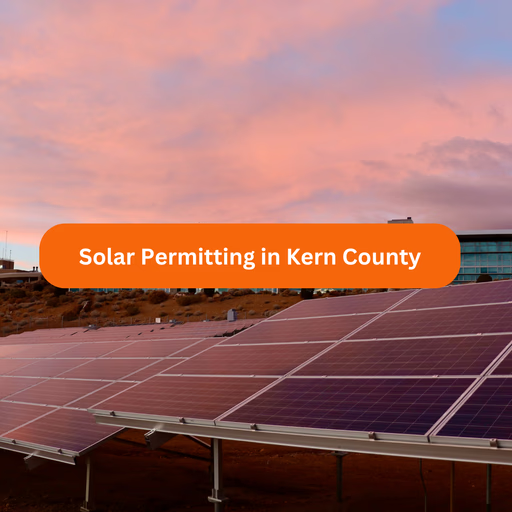
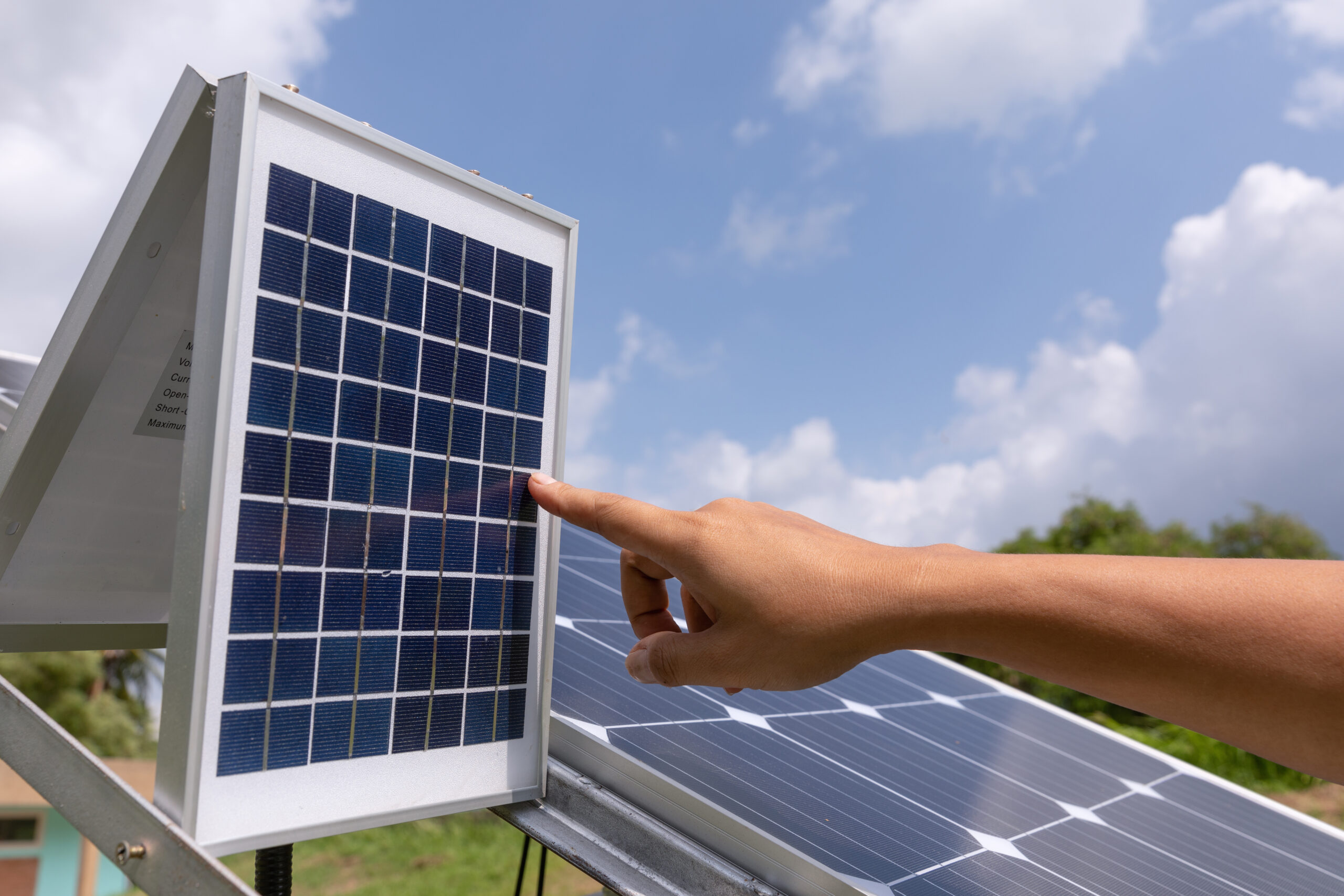
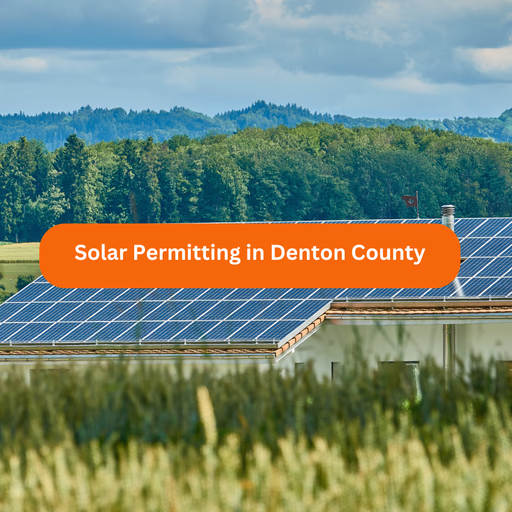
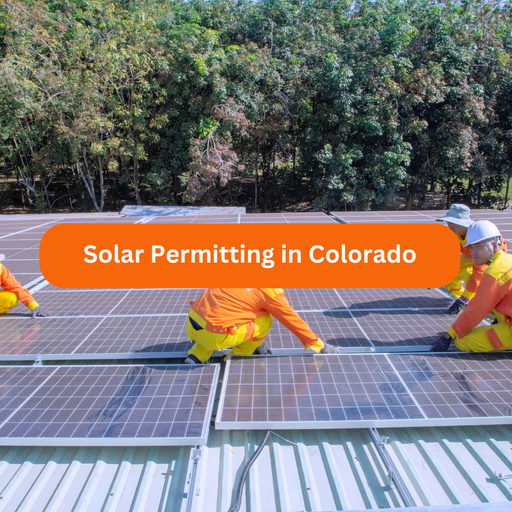

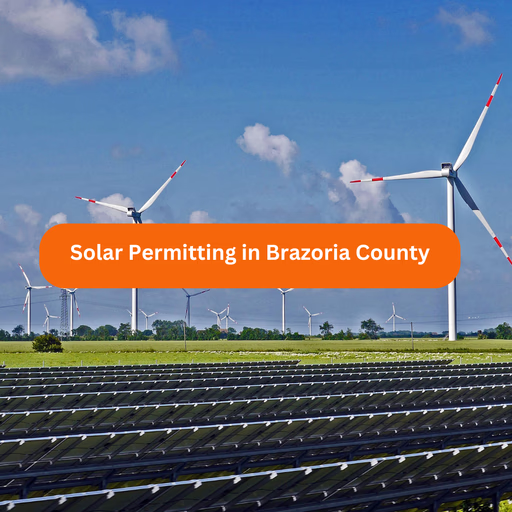
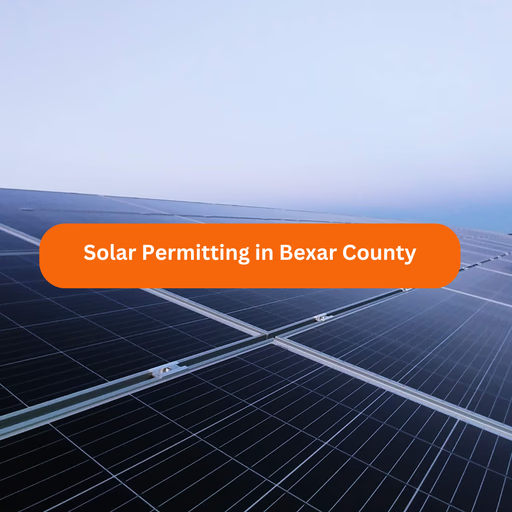
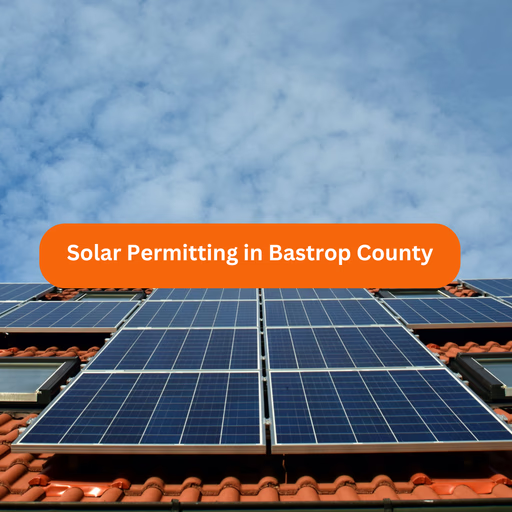

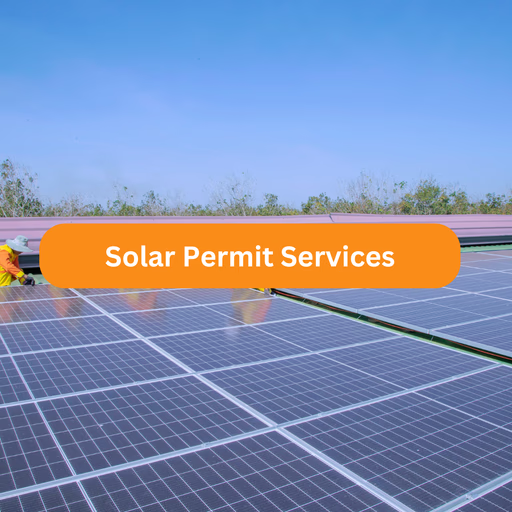
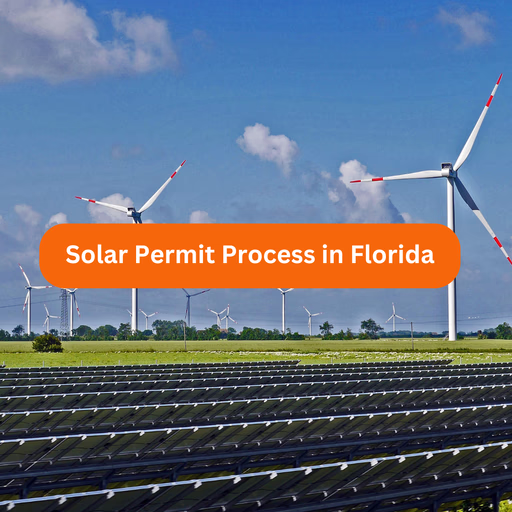
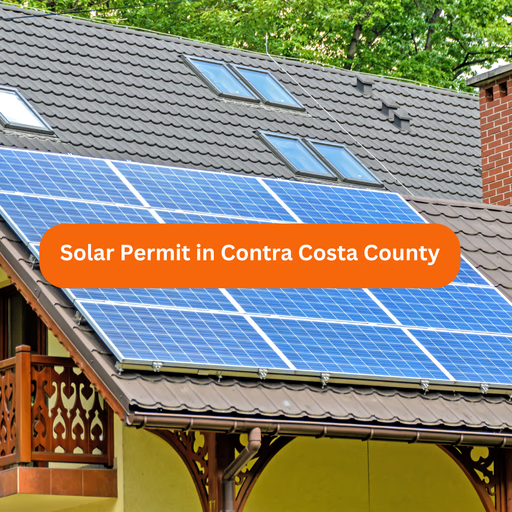
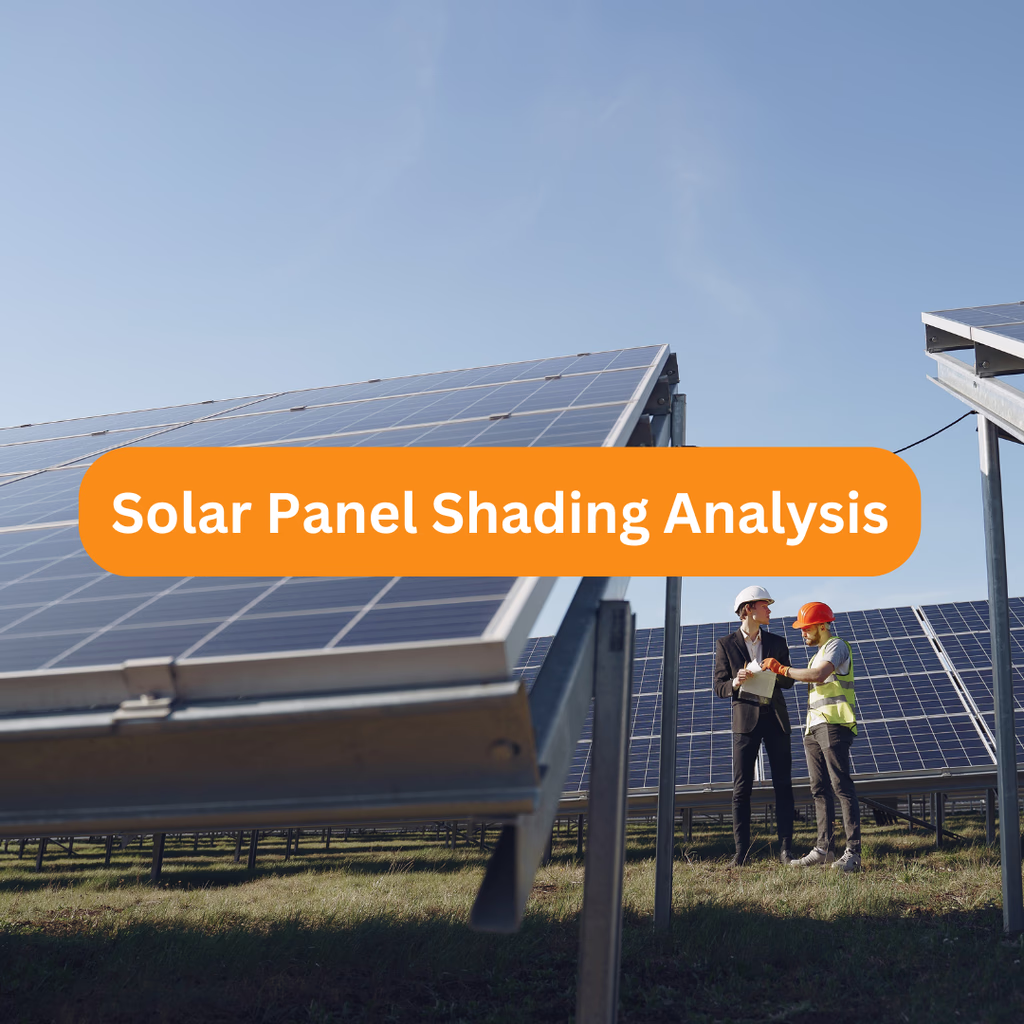
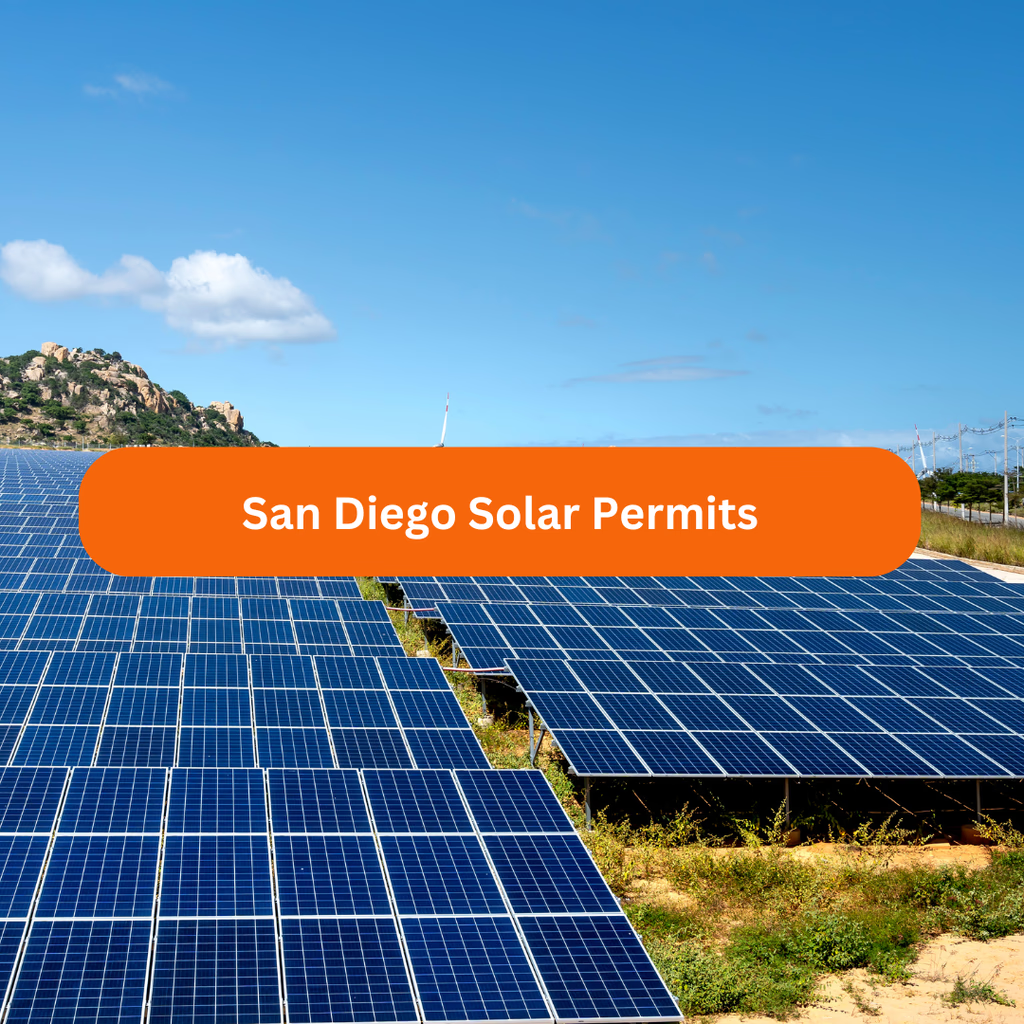
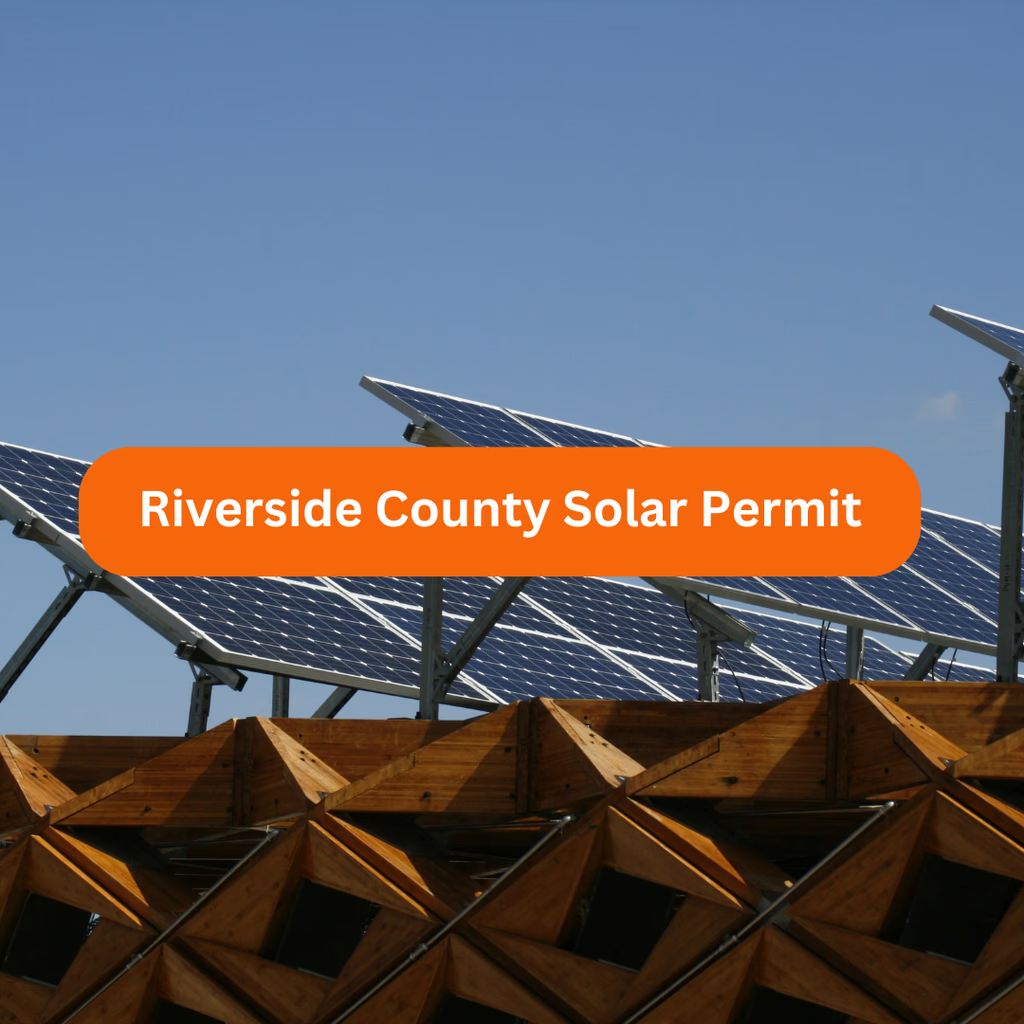
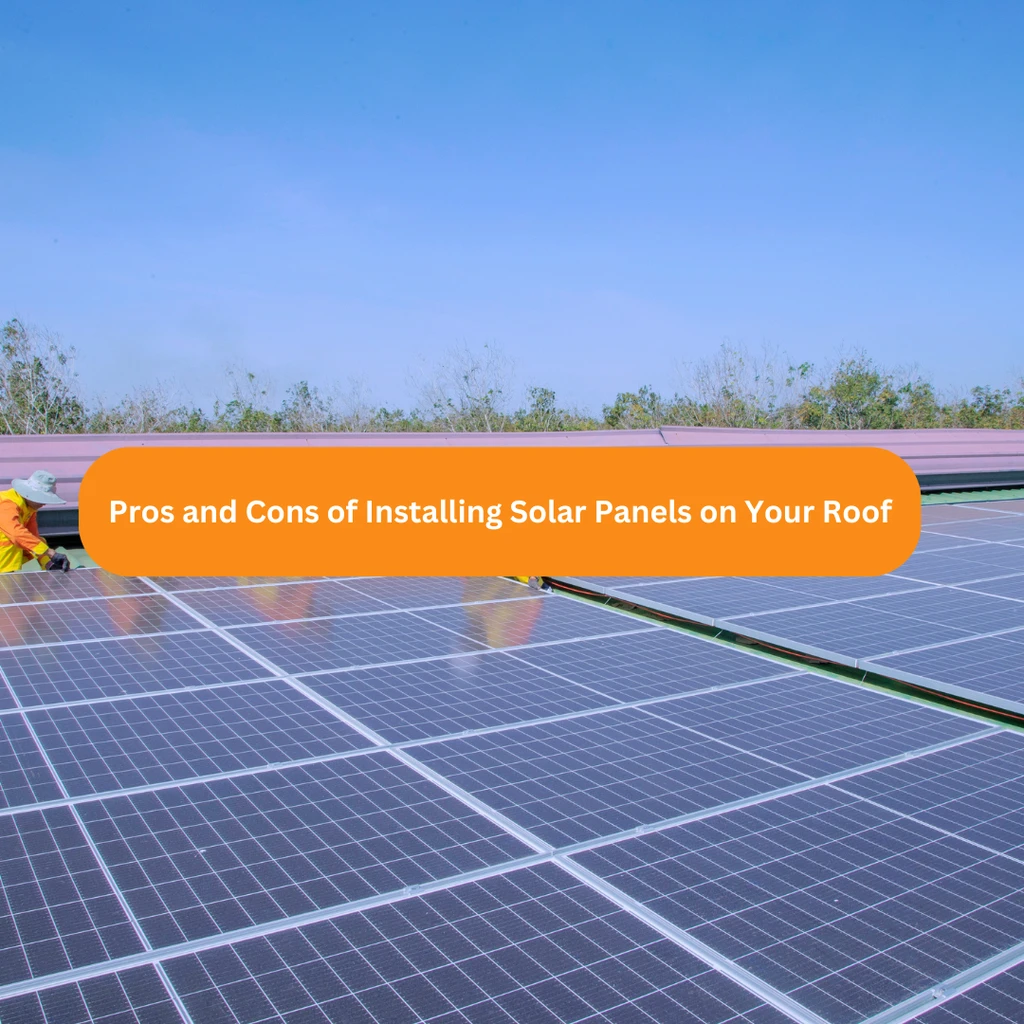
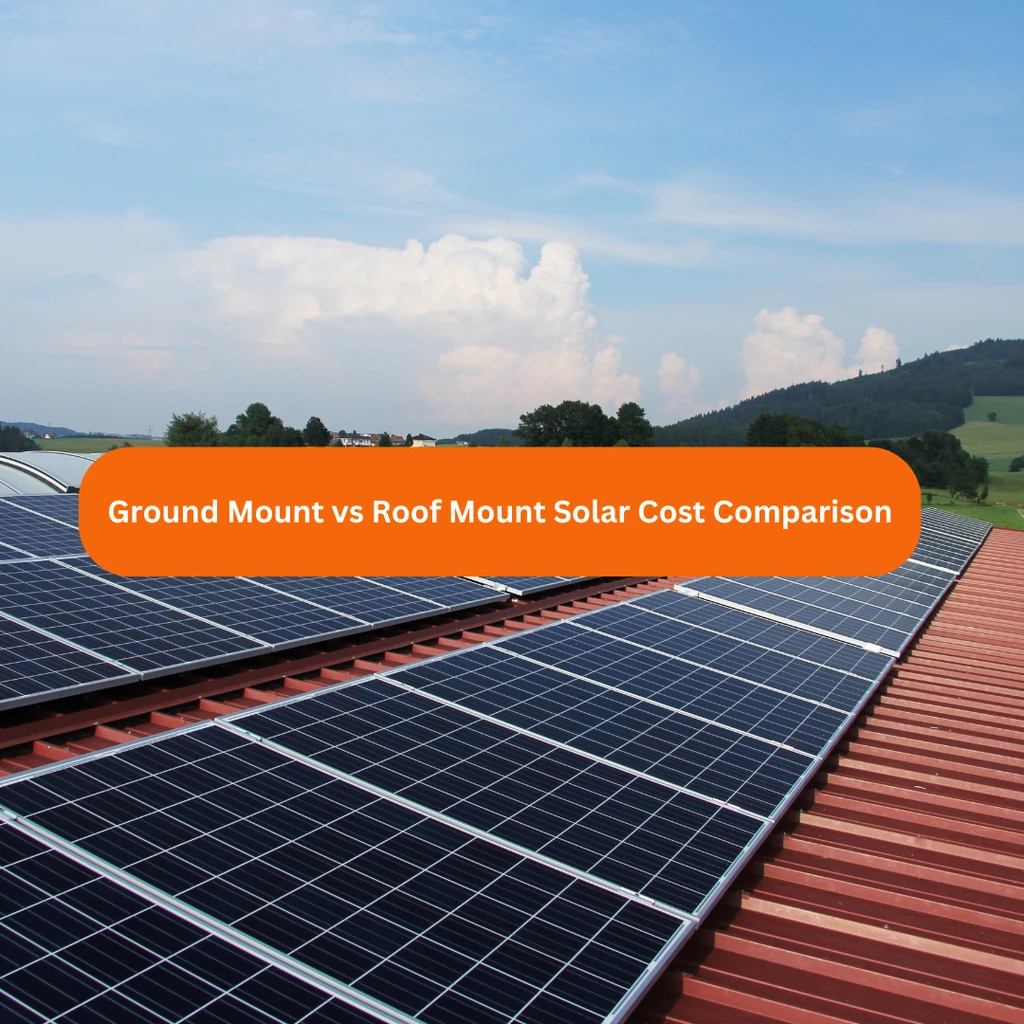
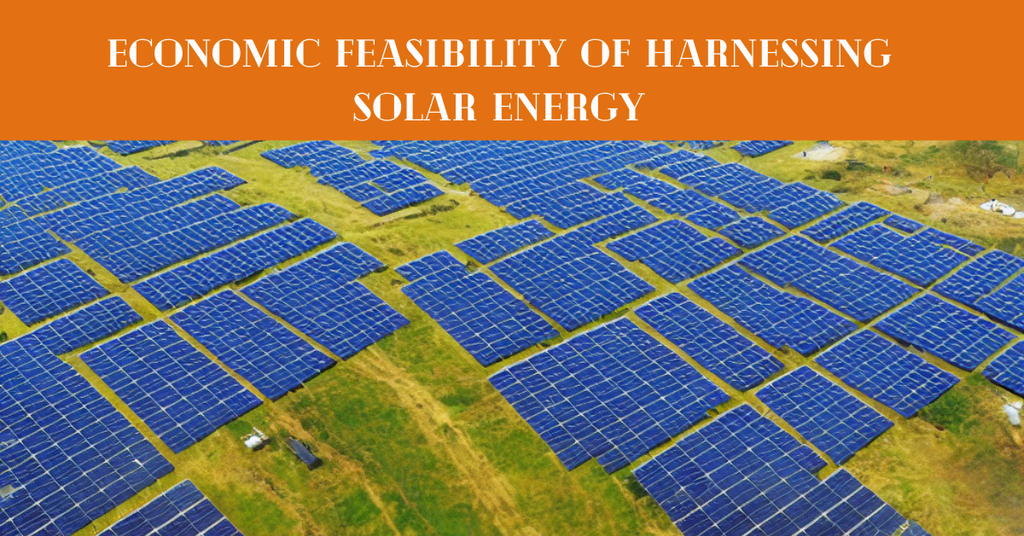
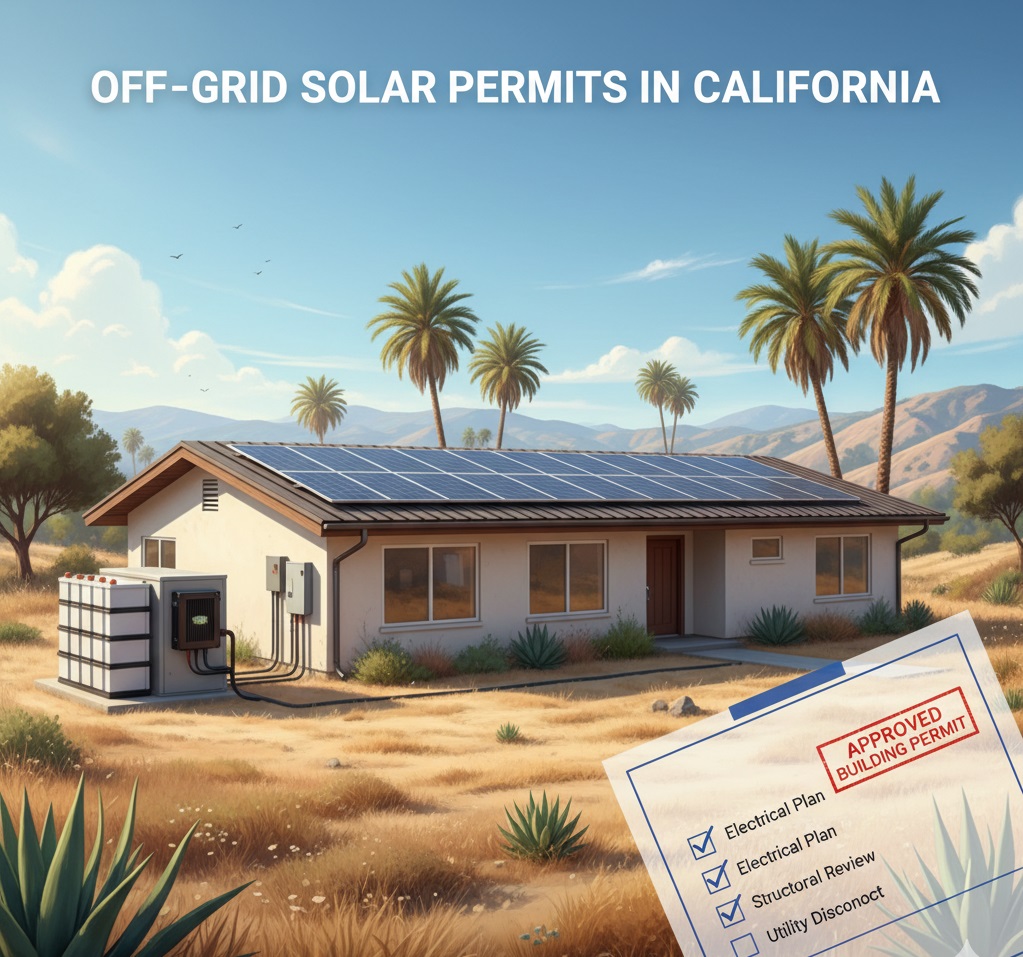
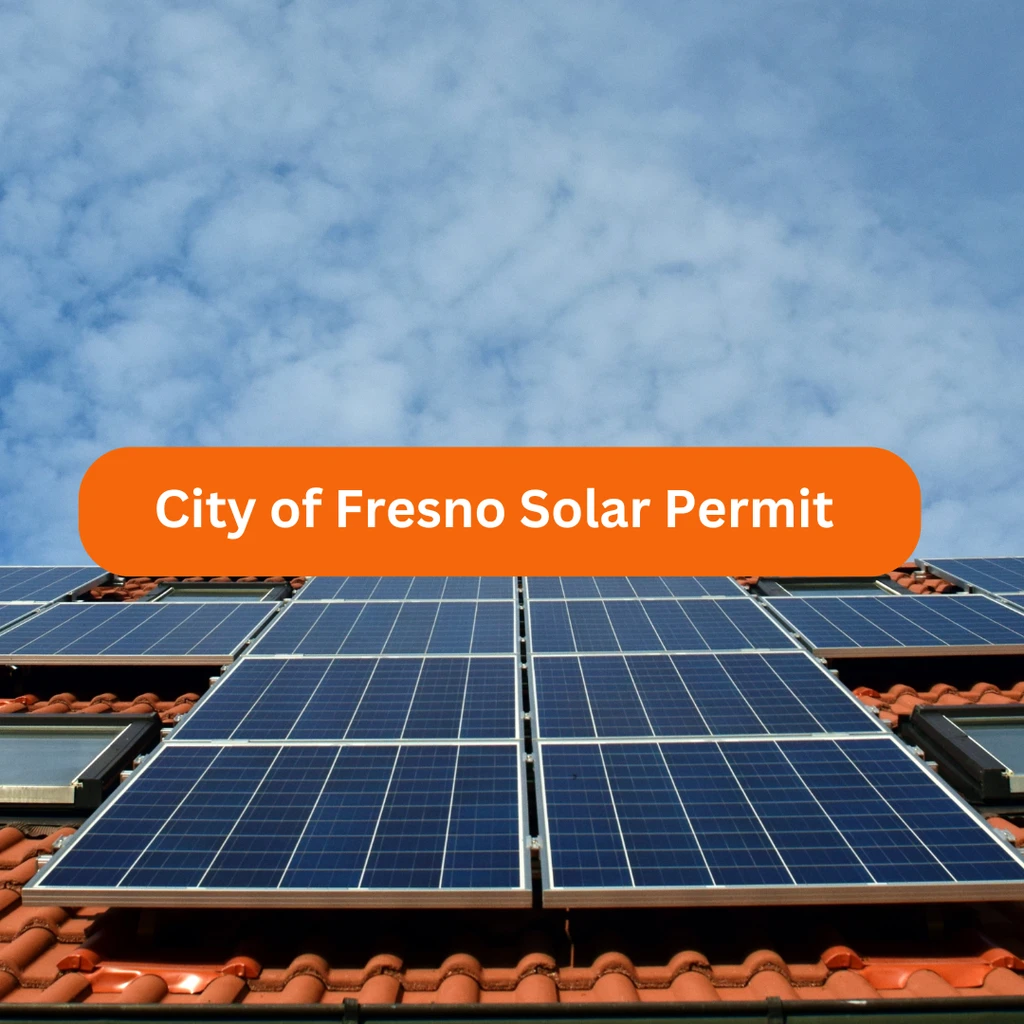
One Response